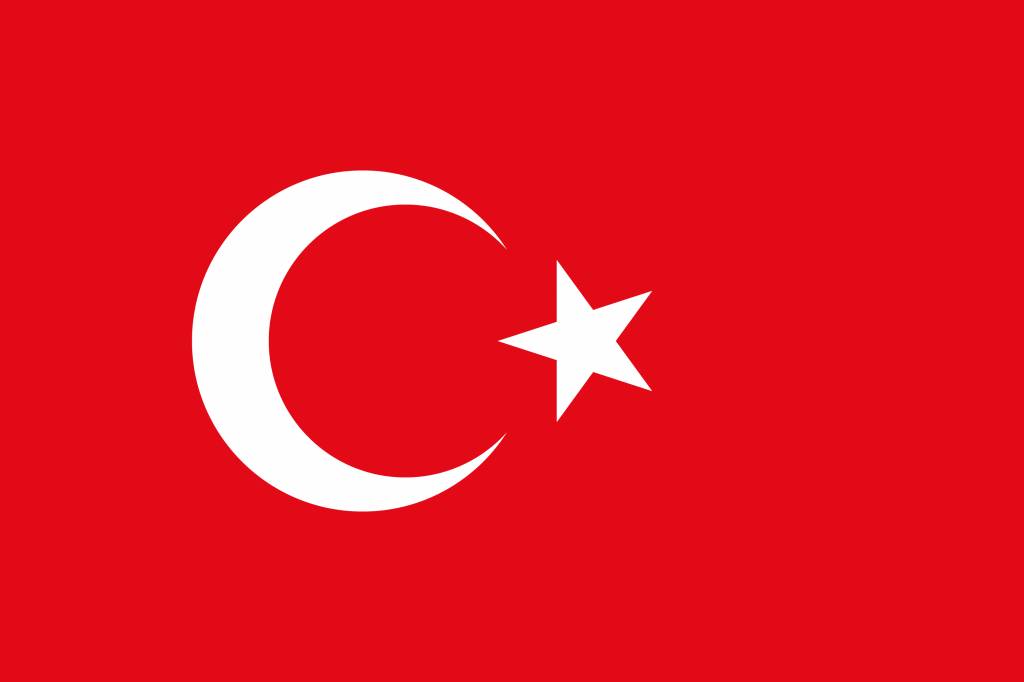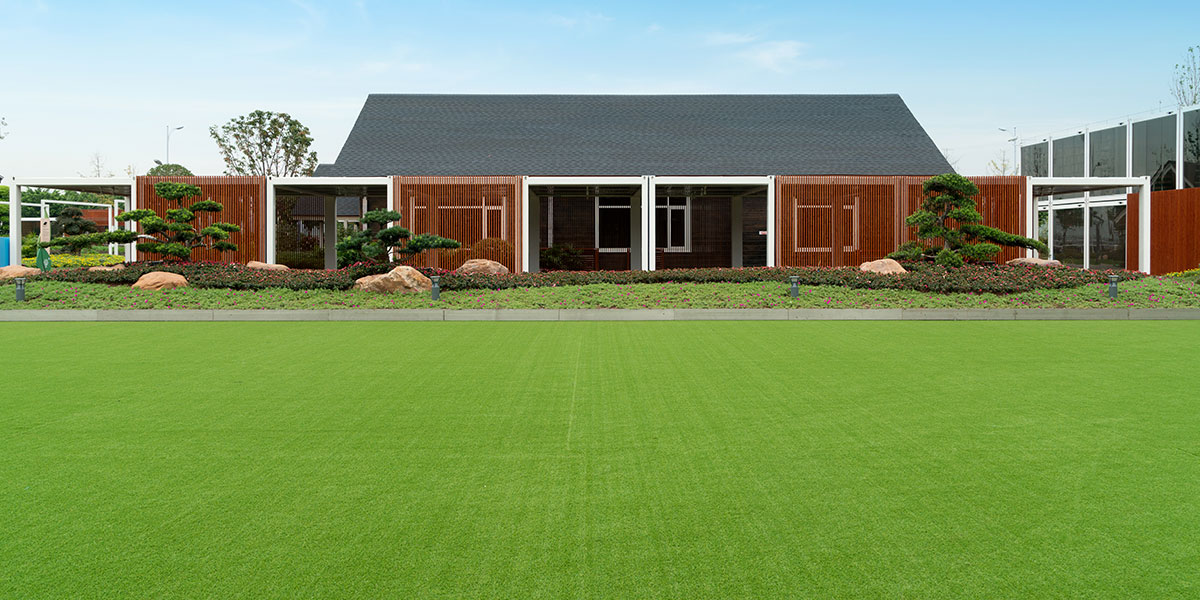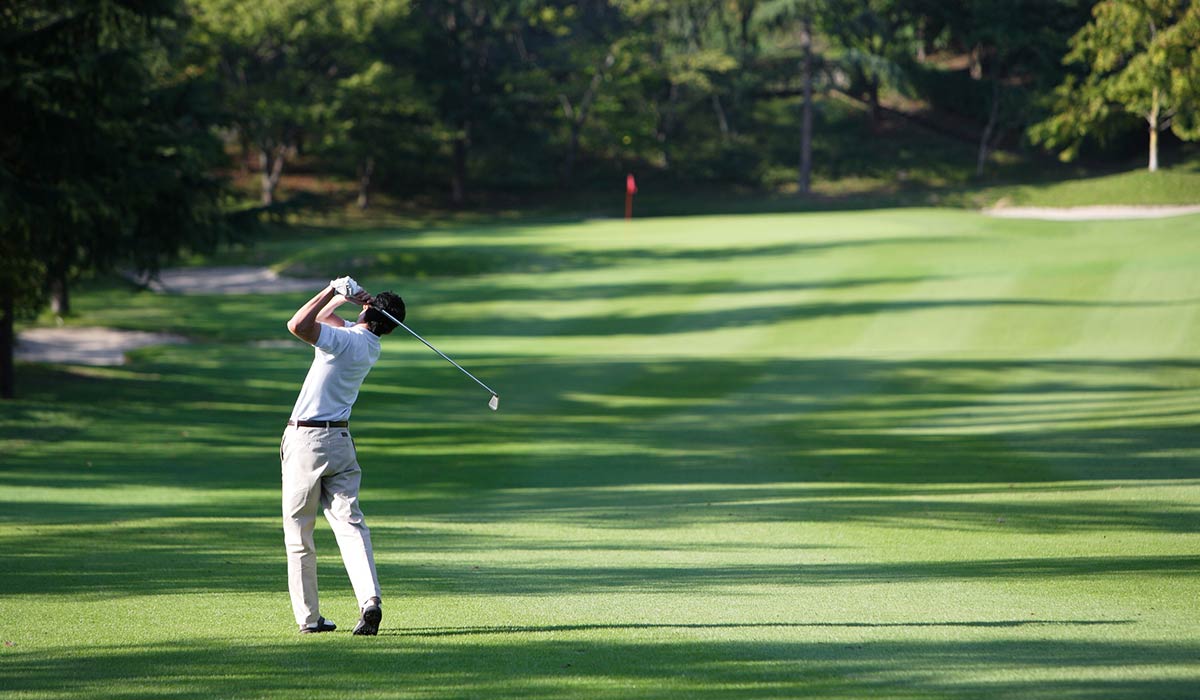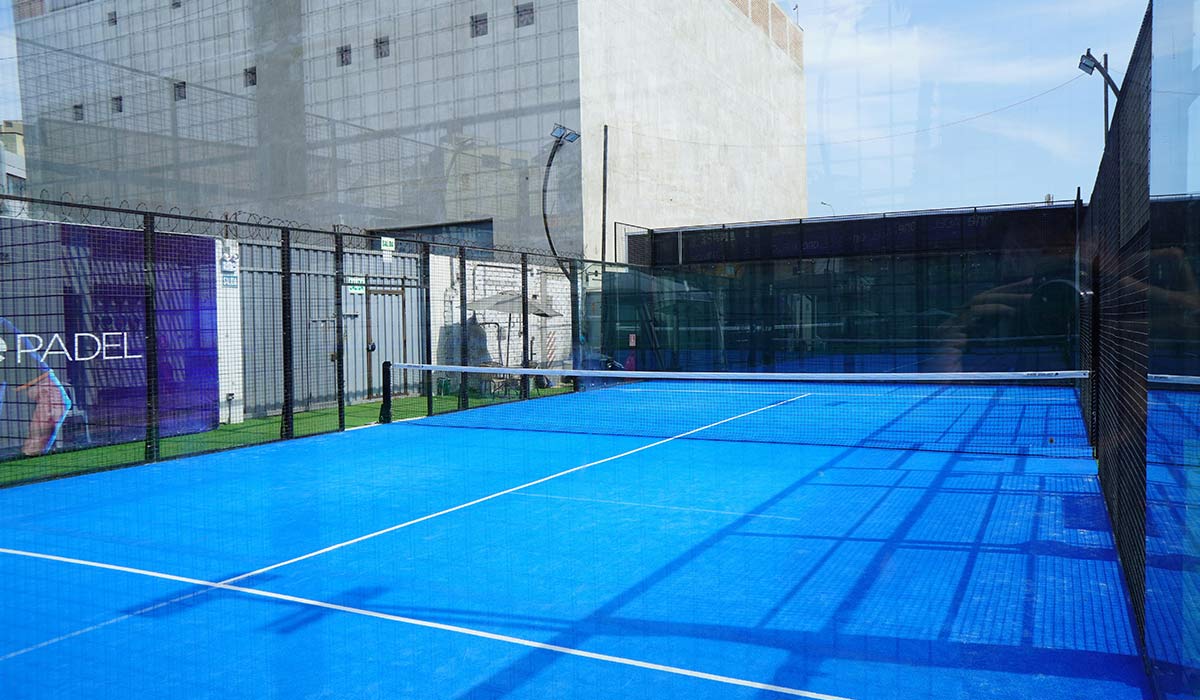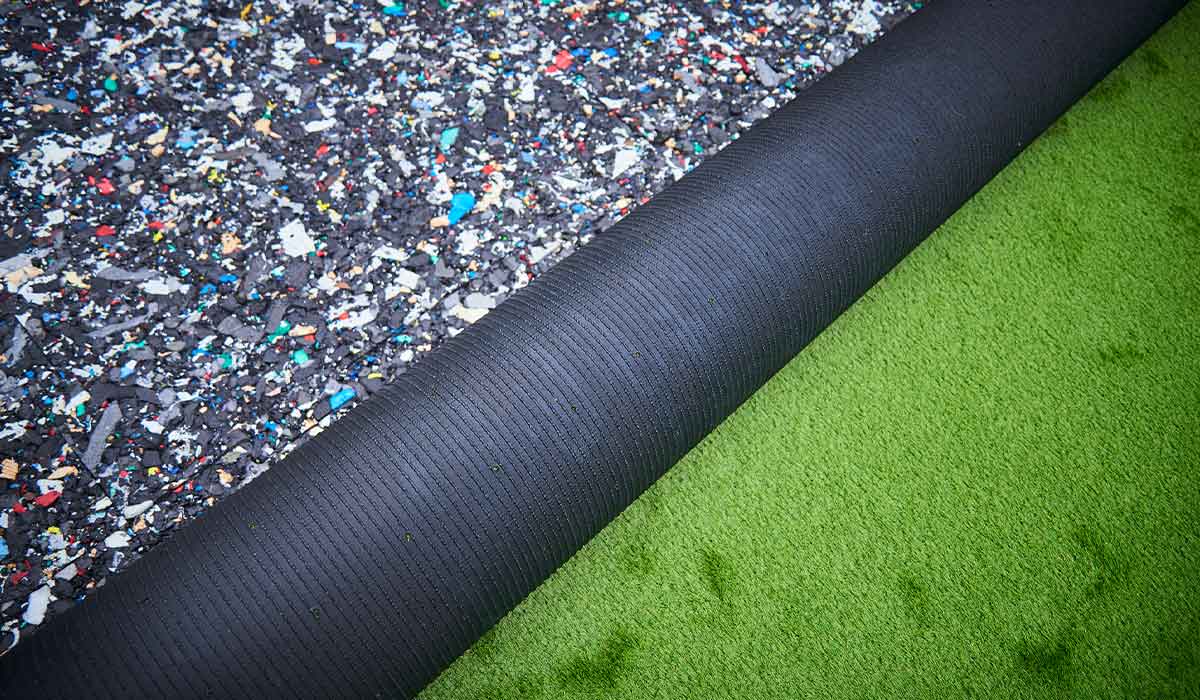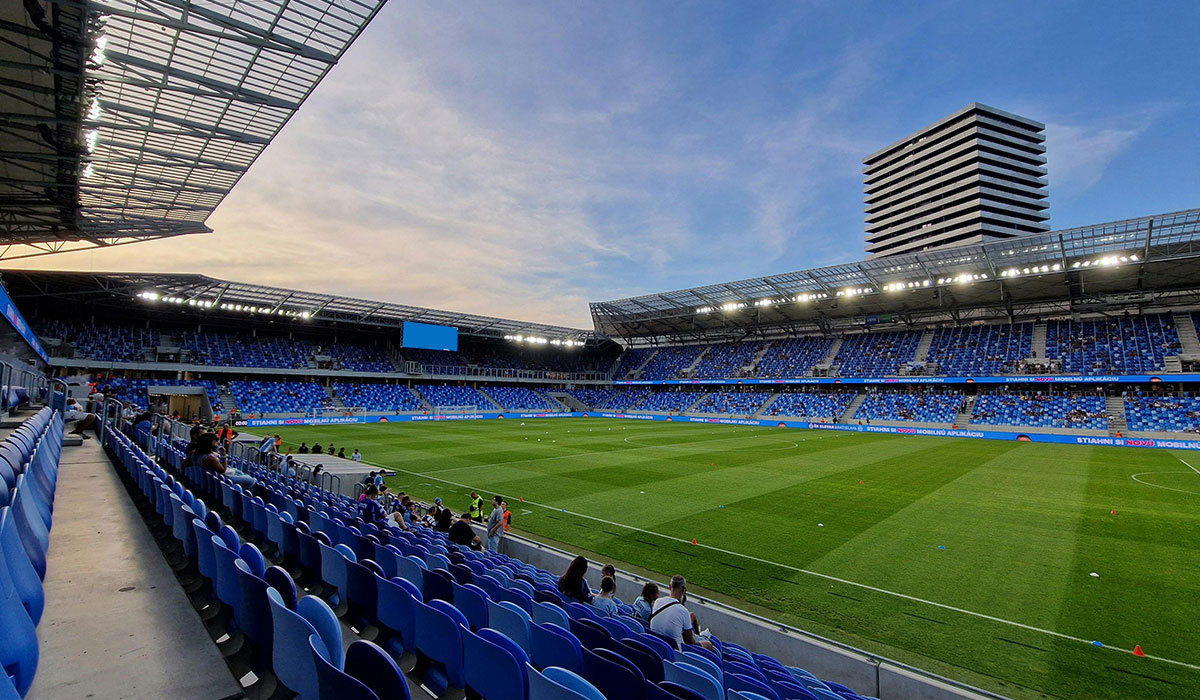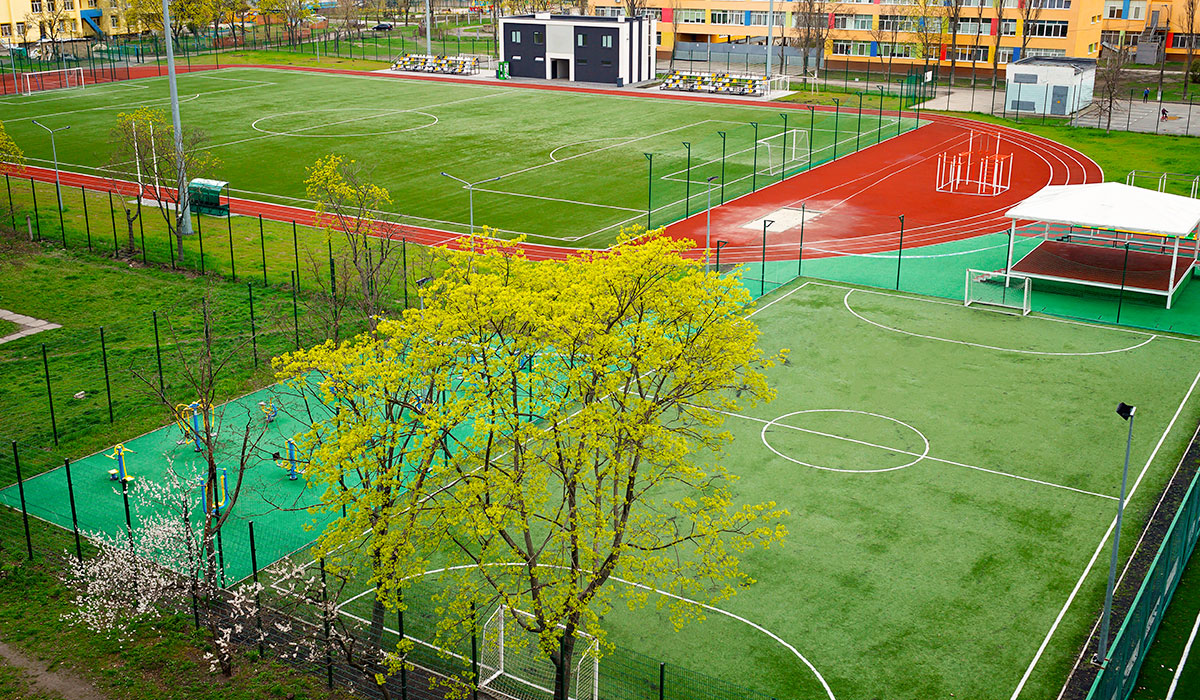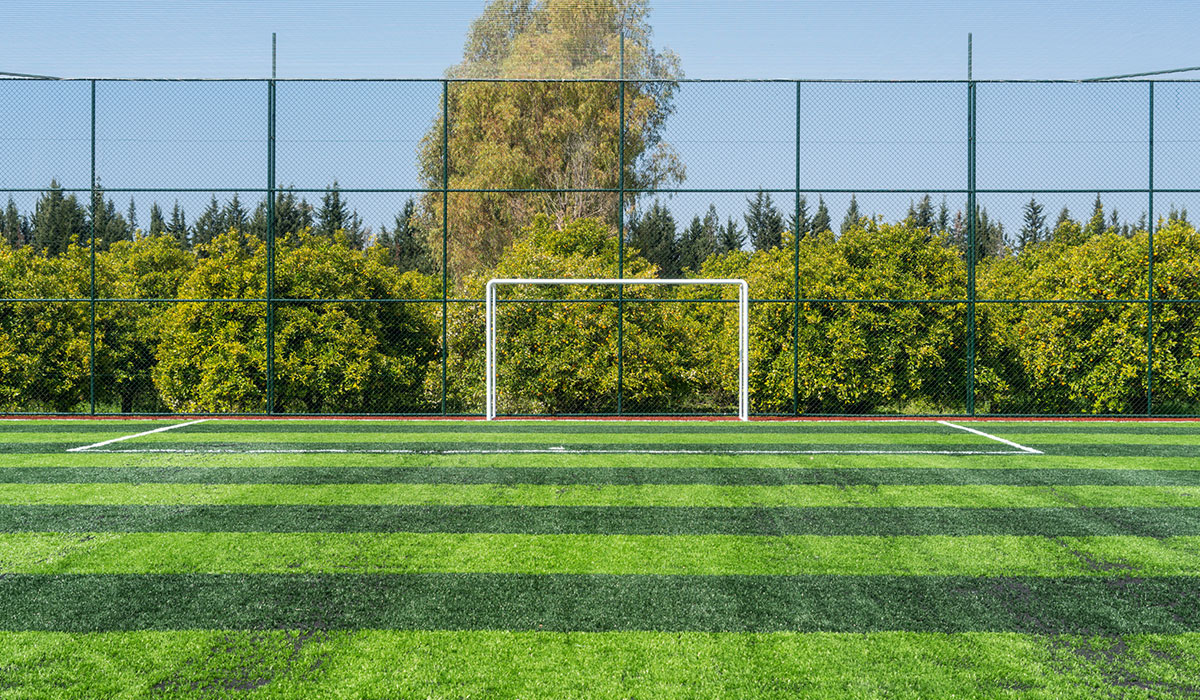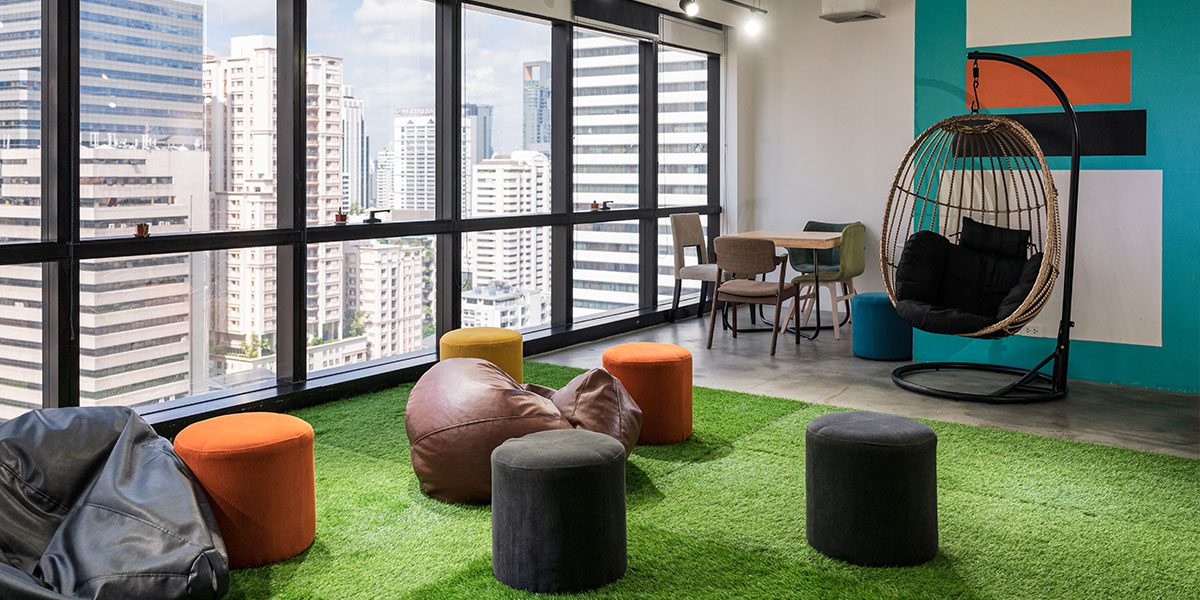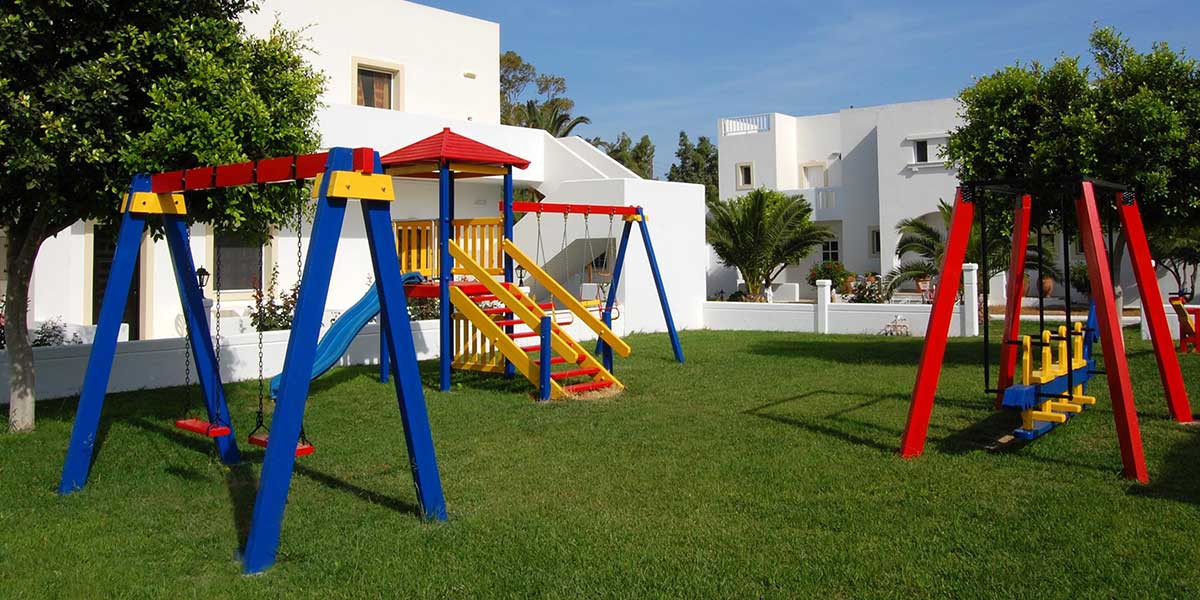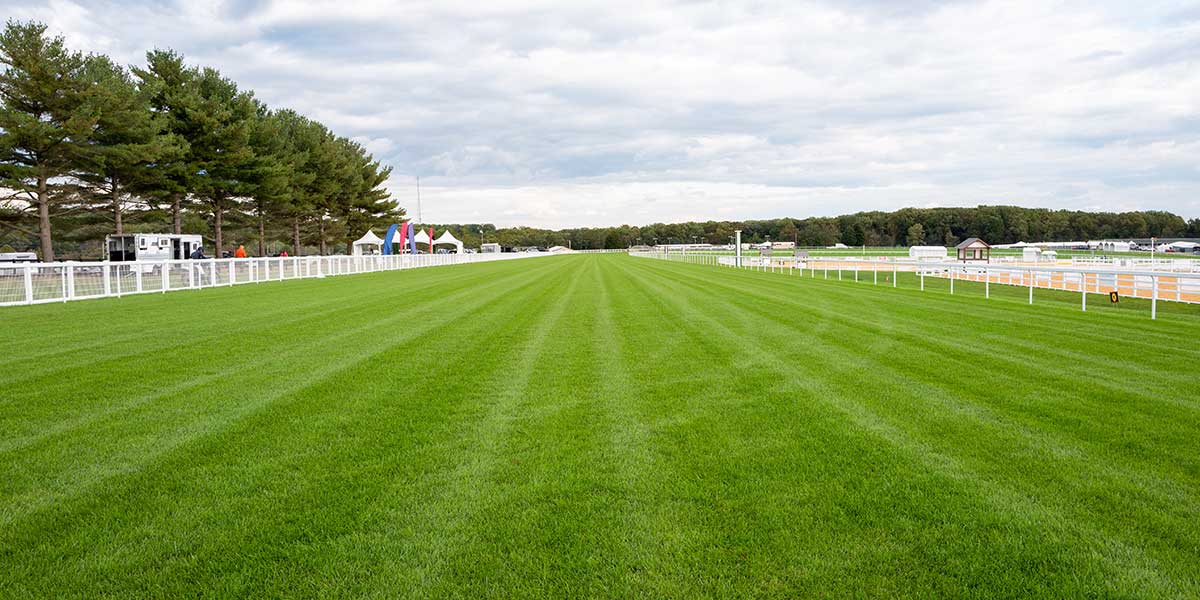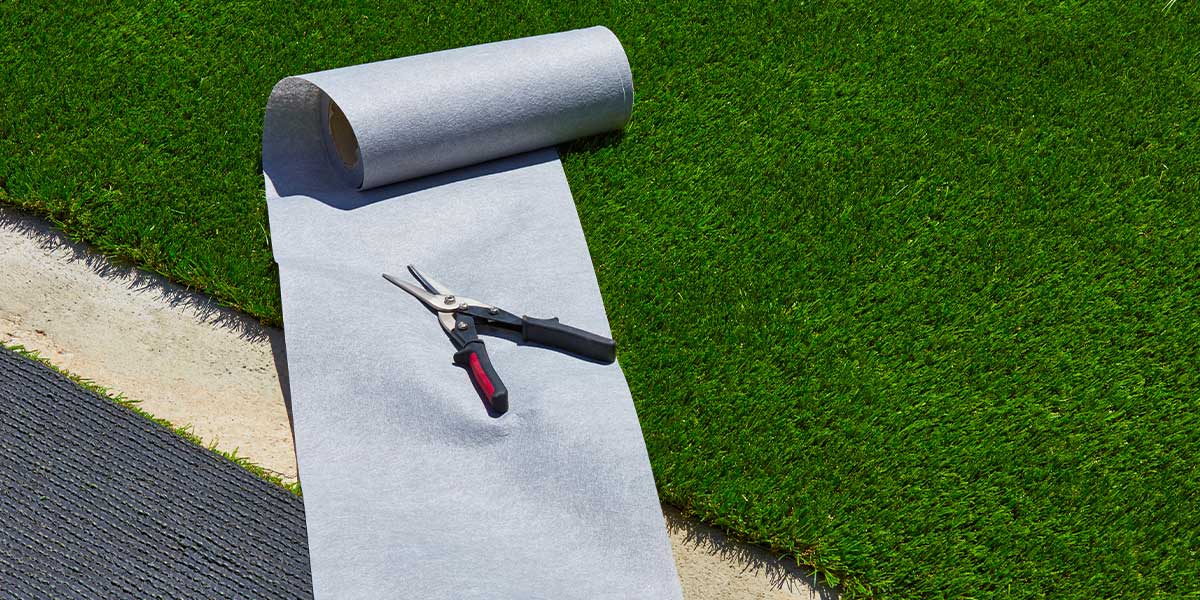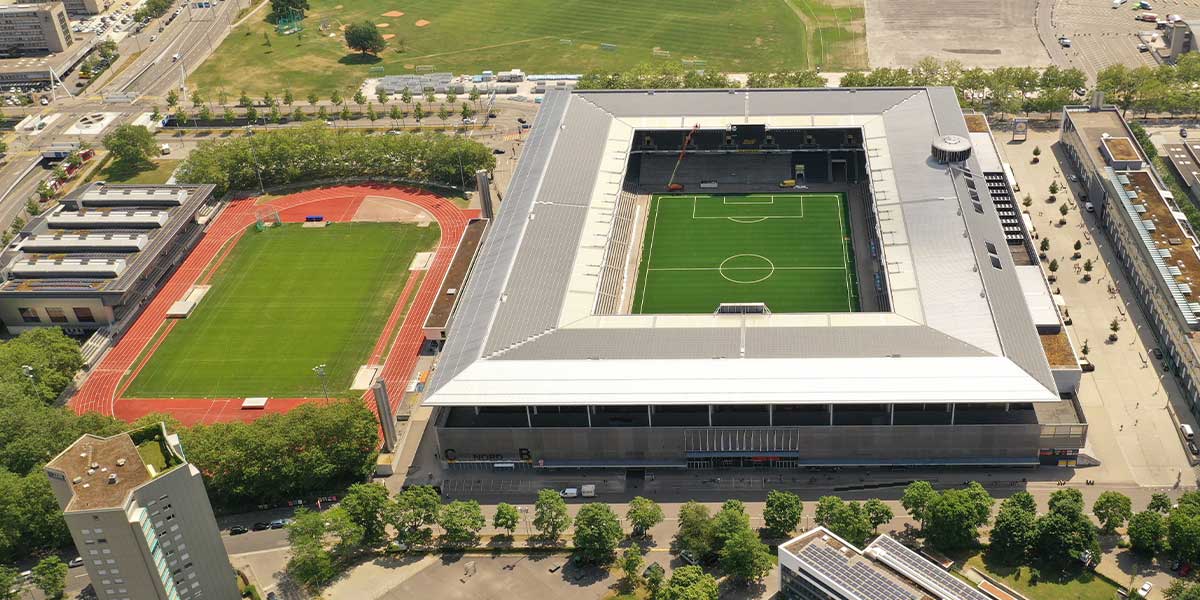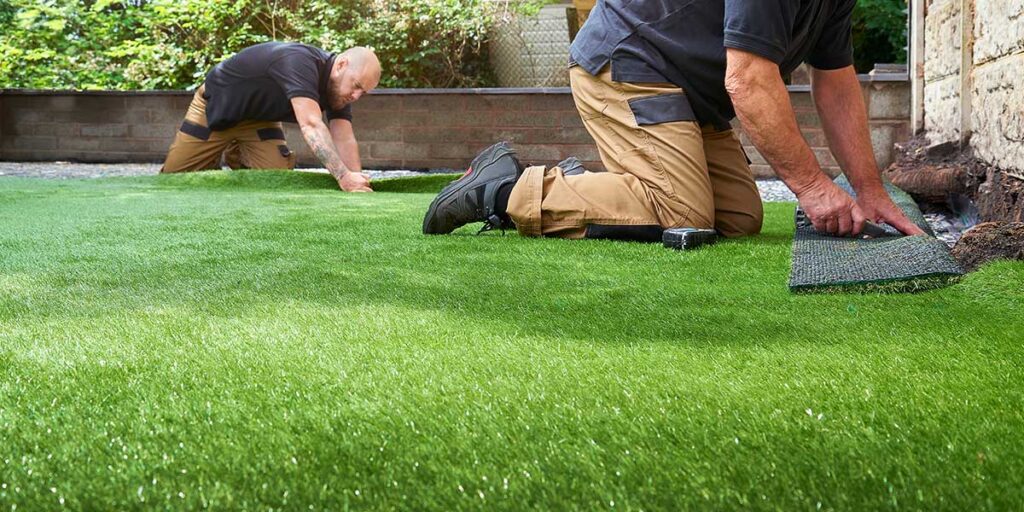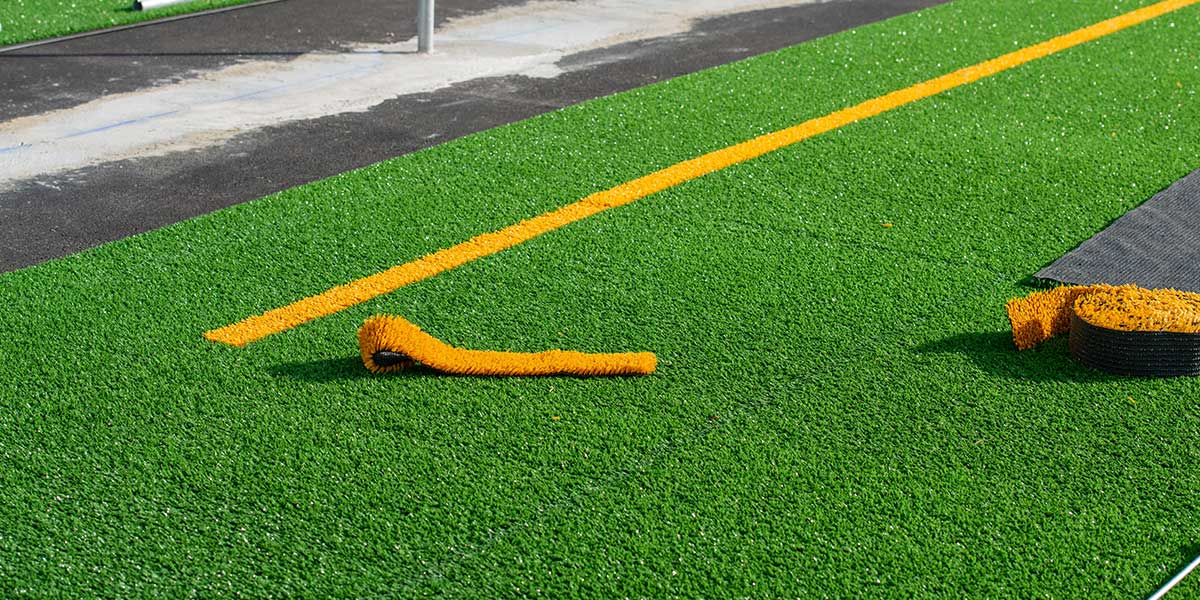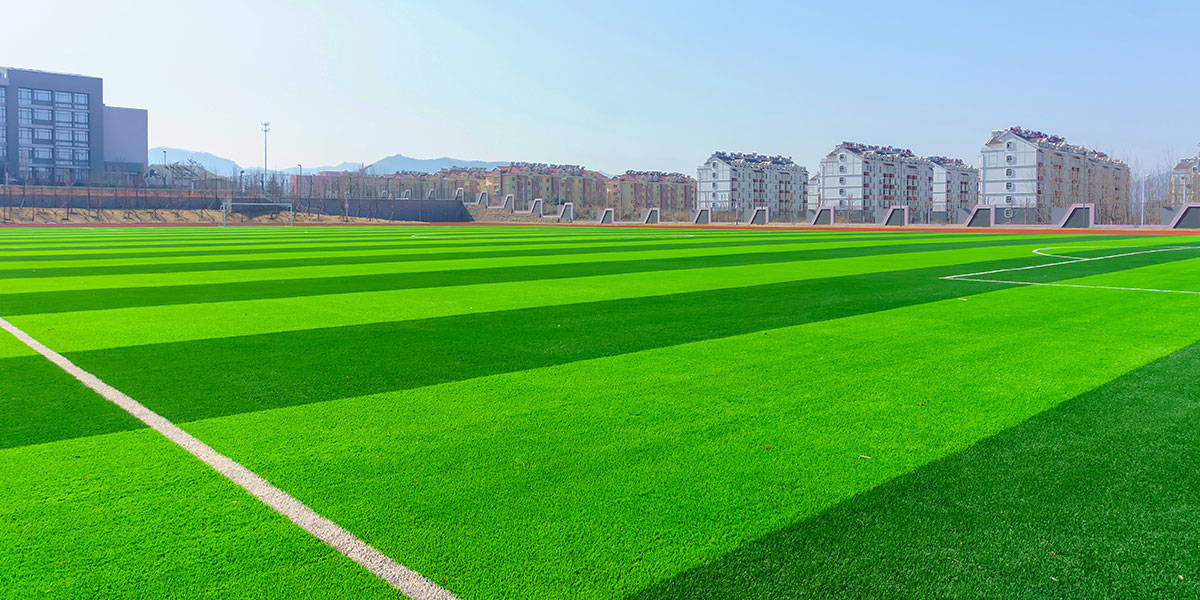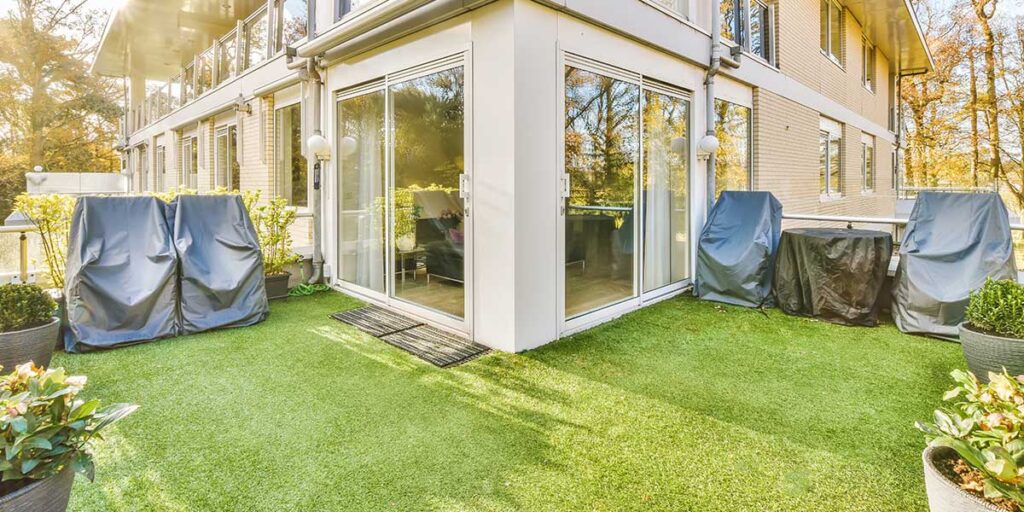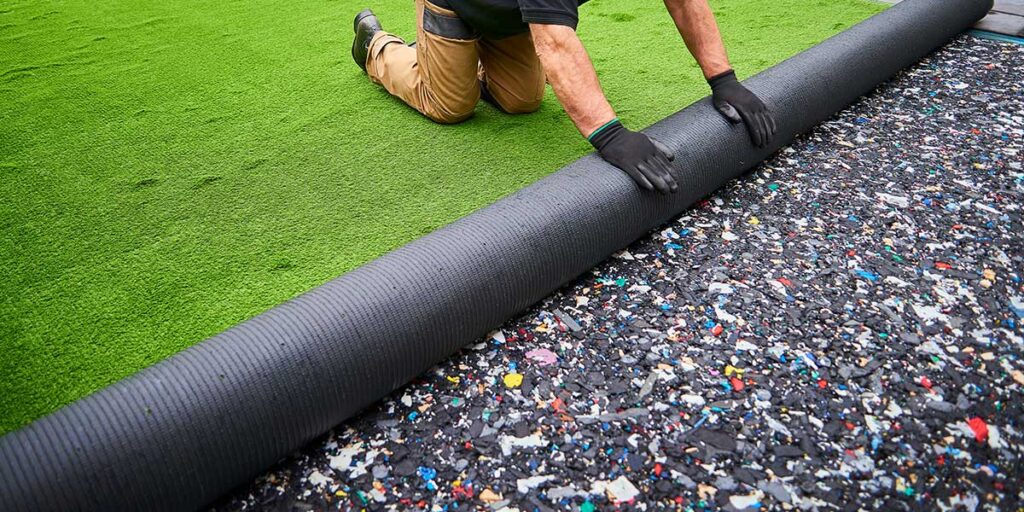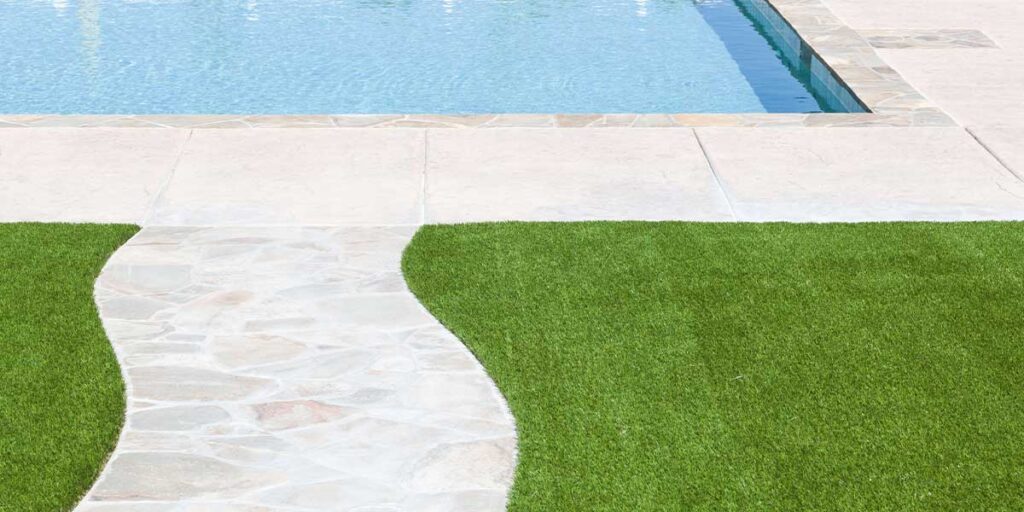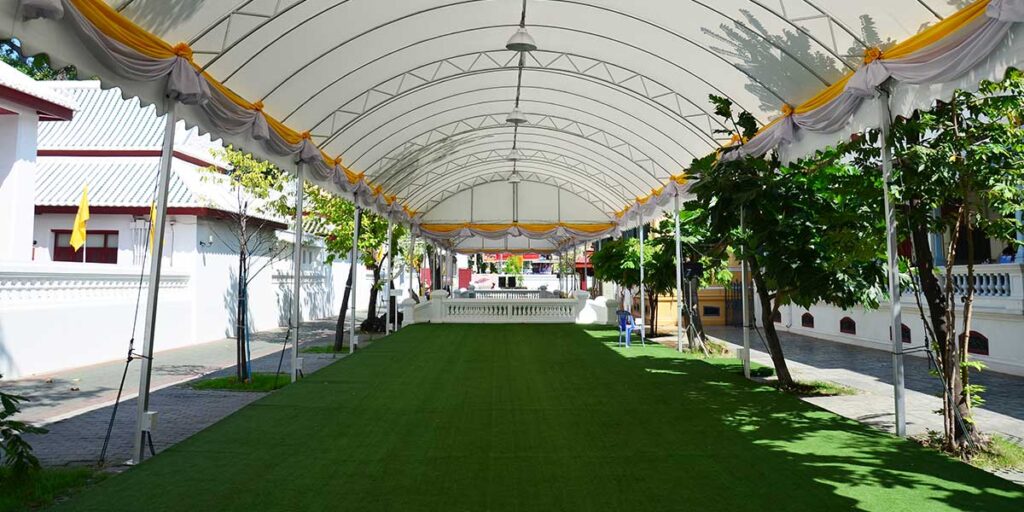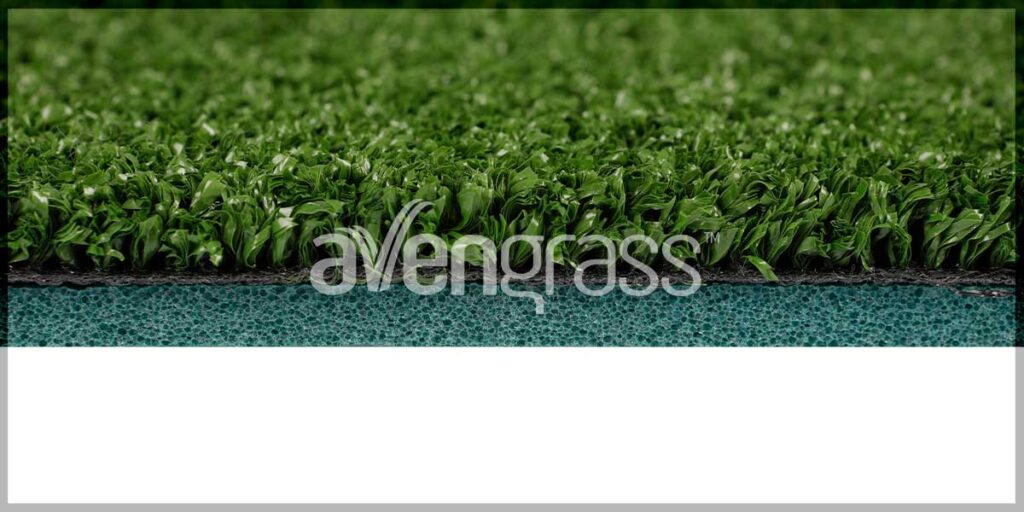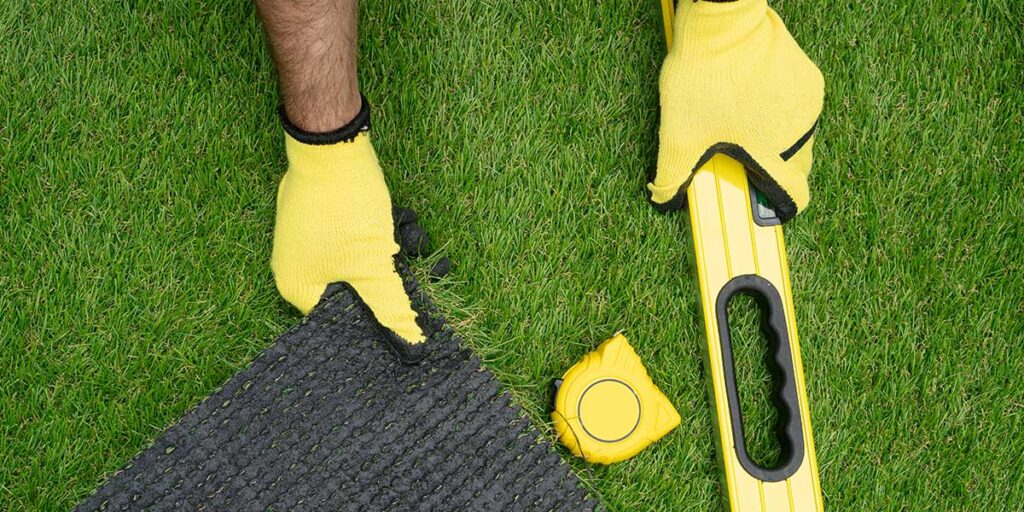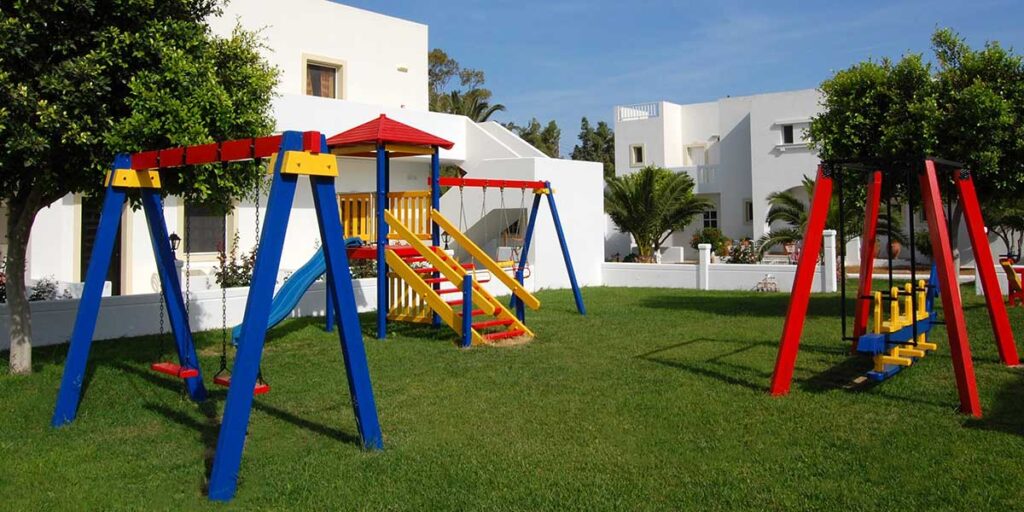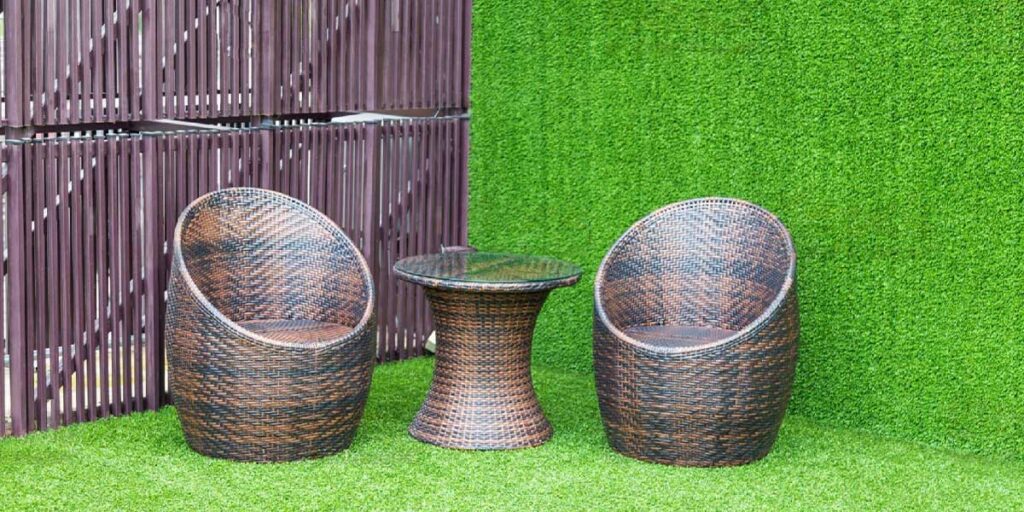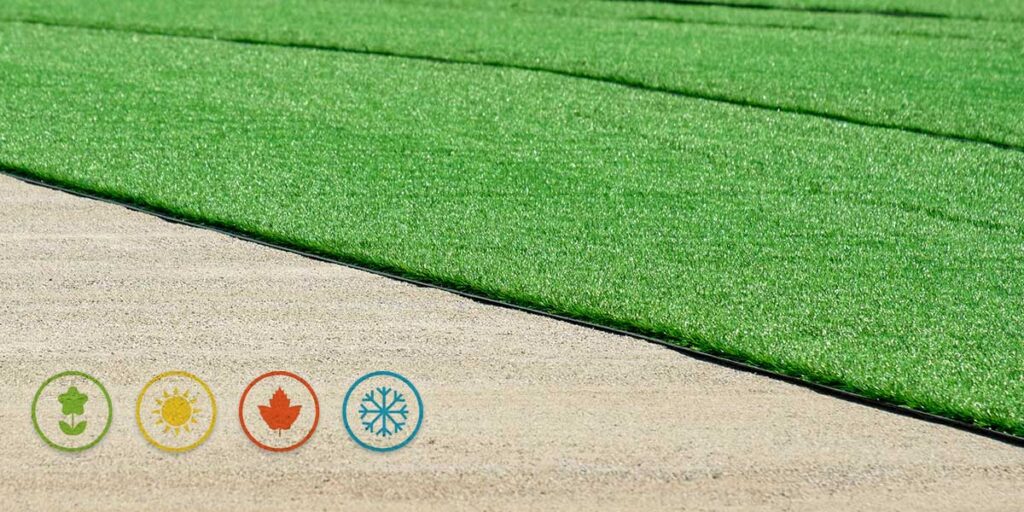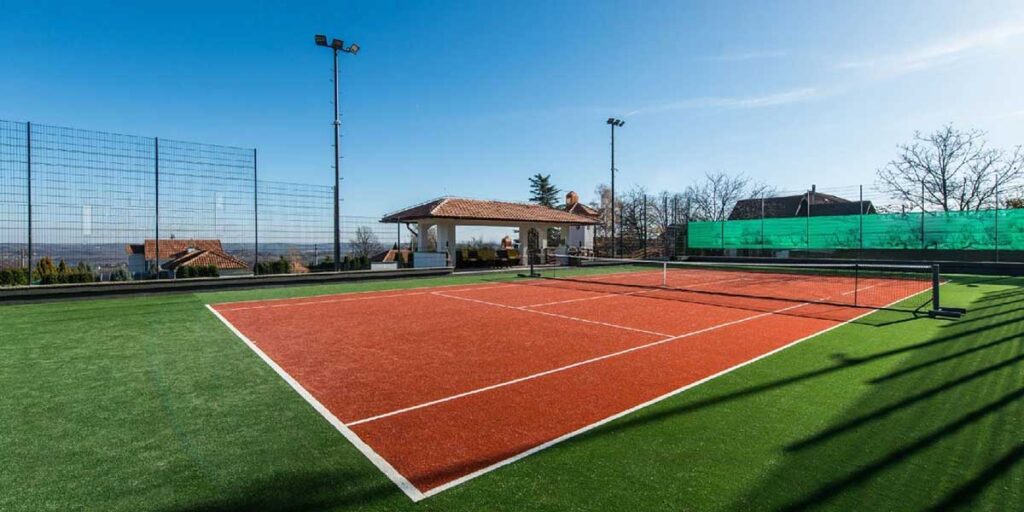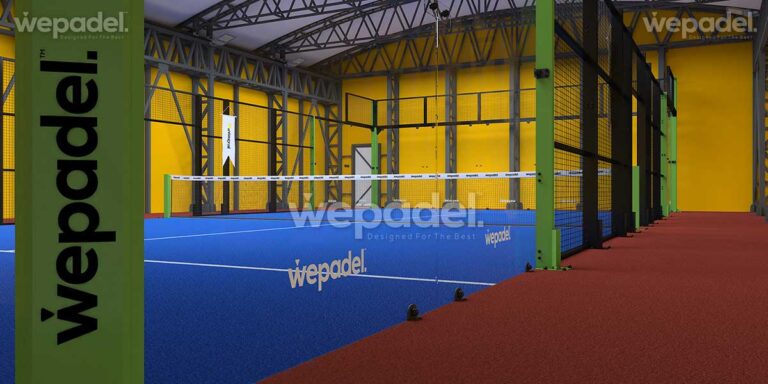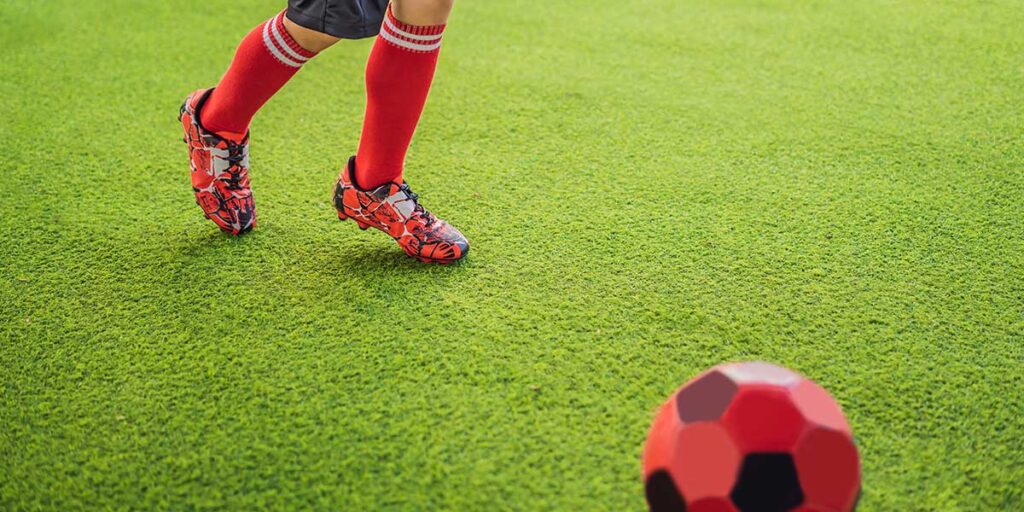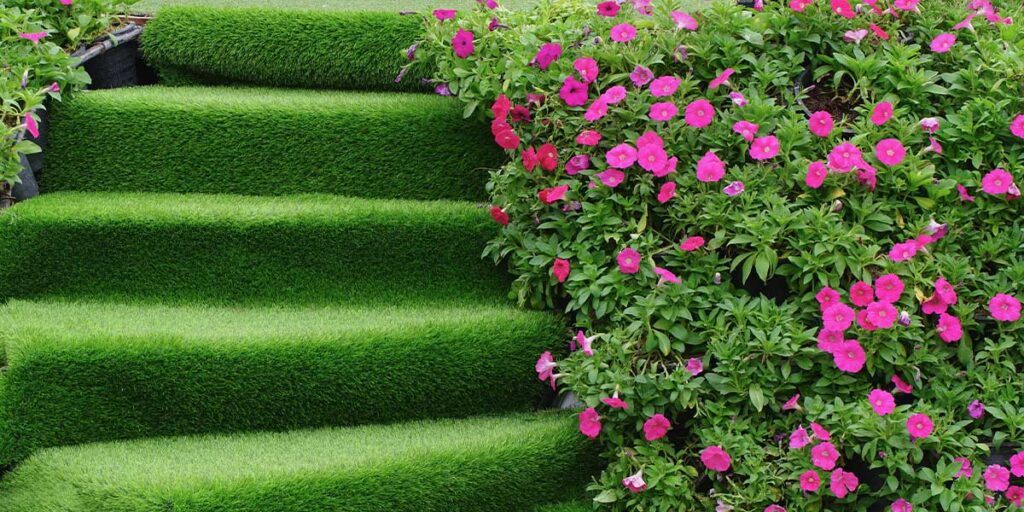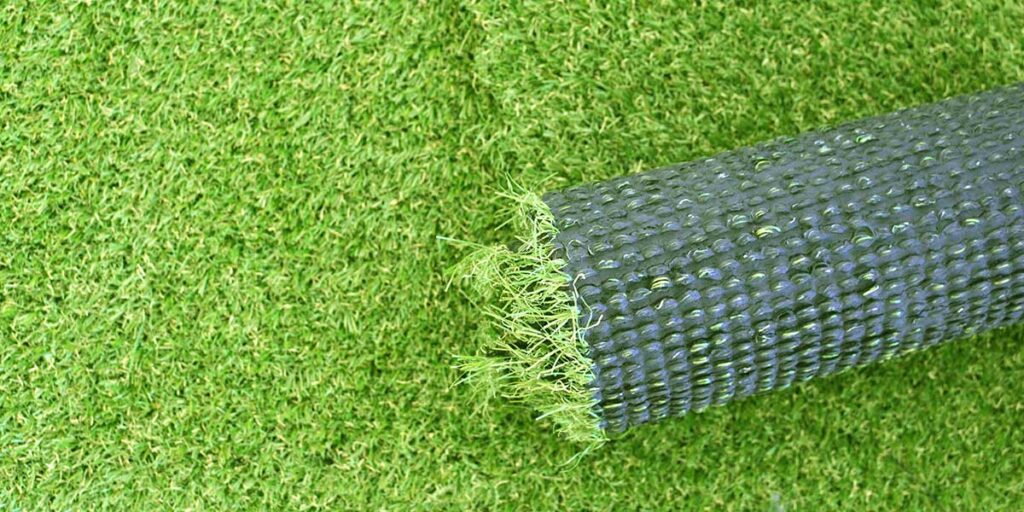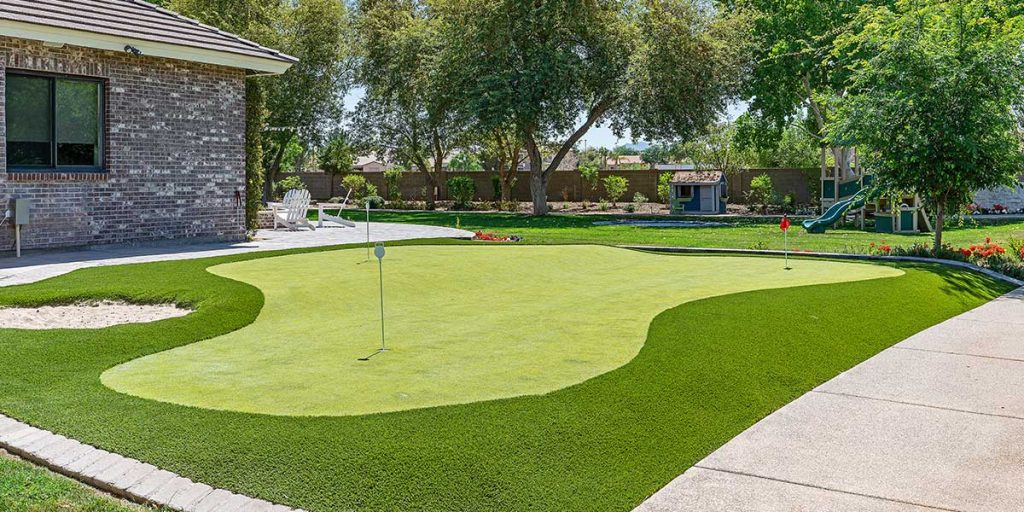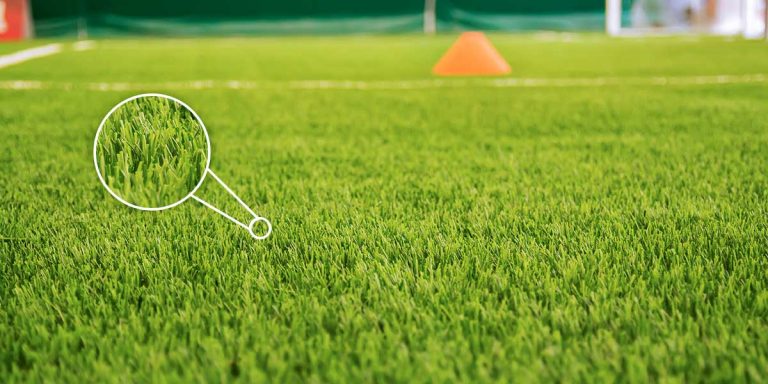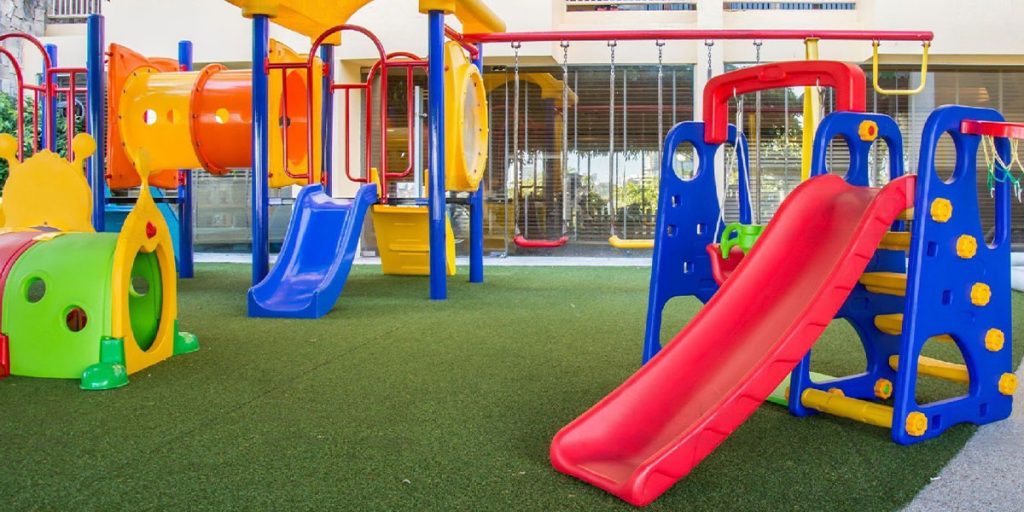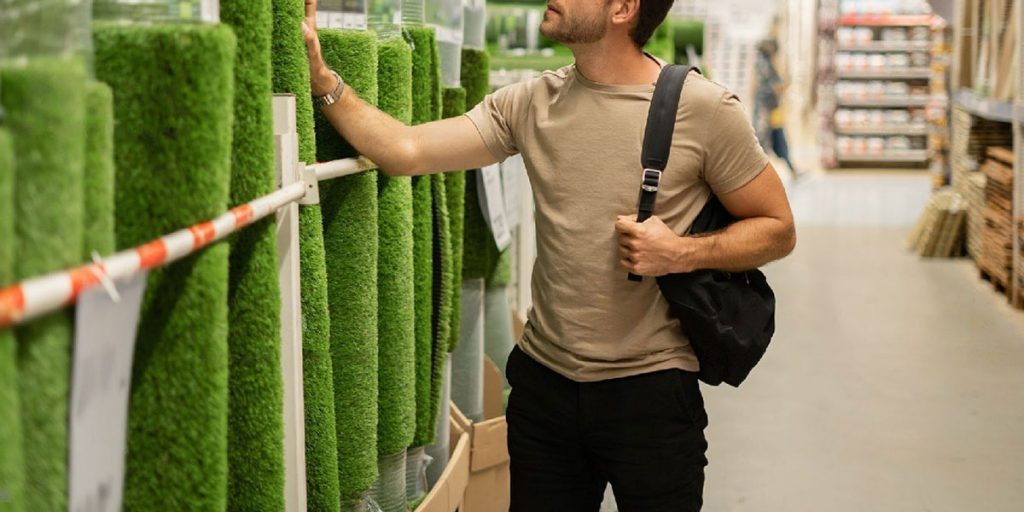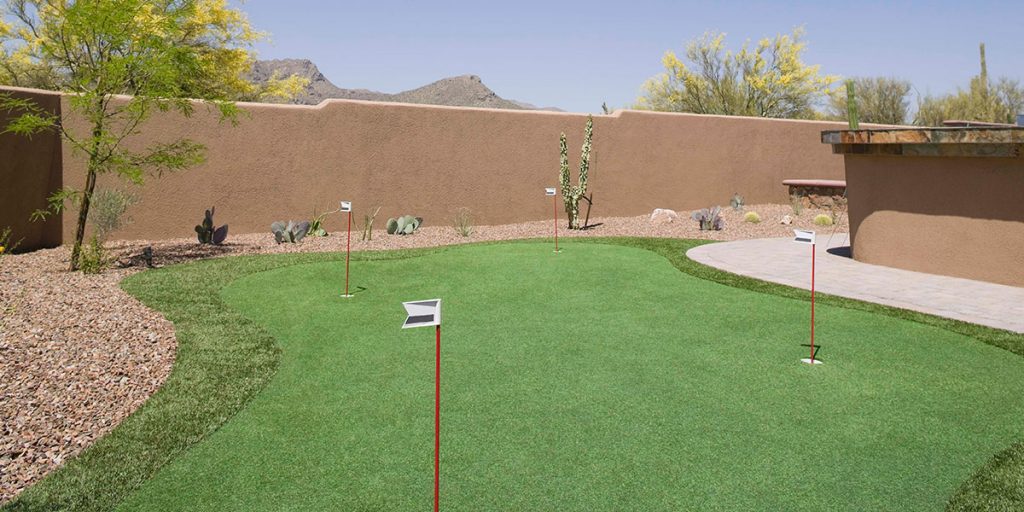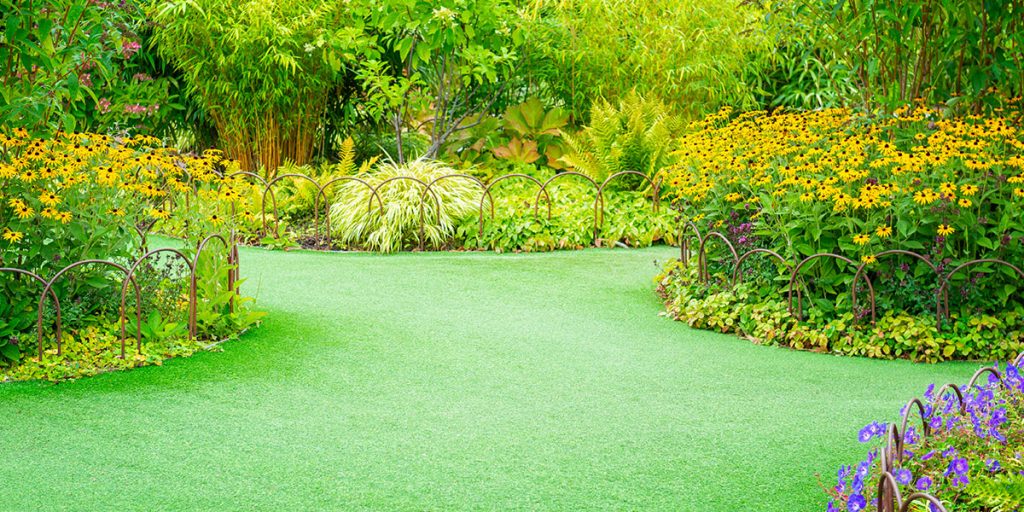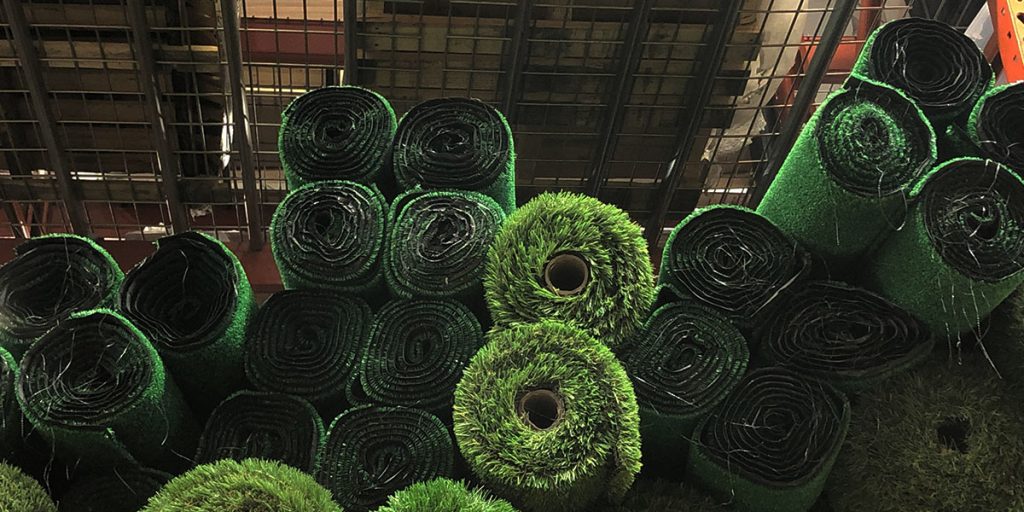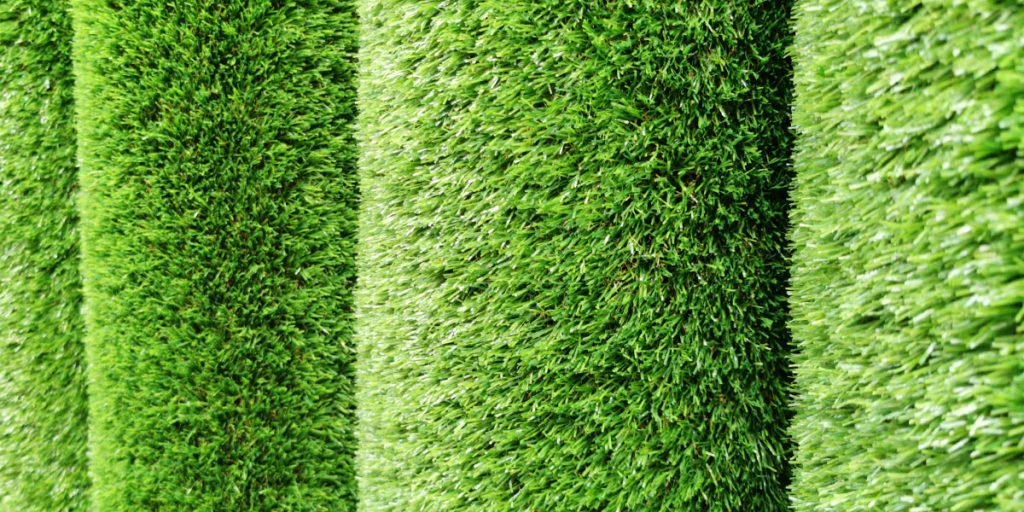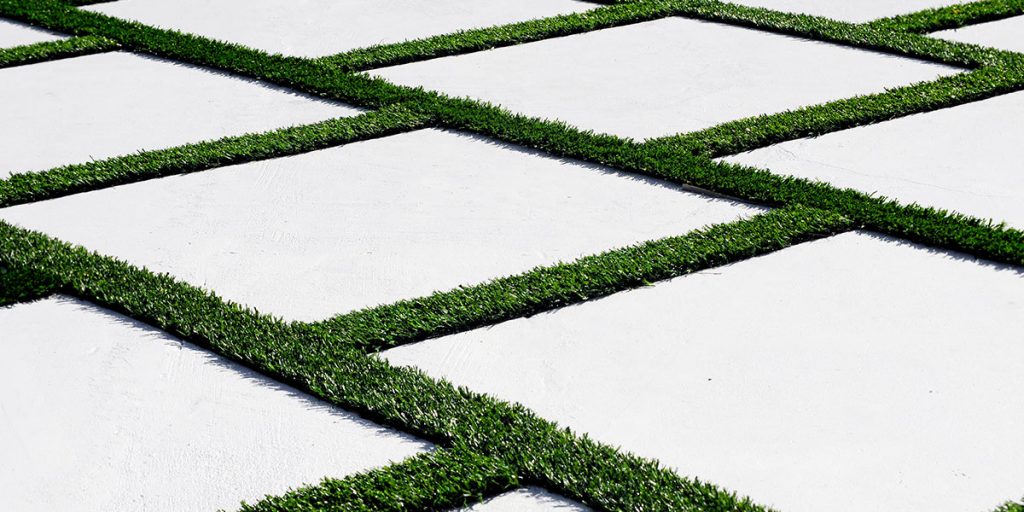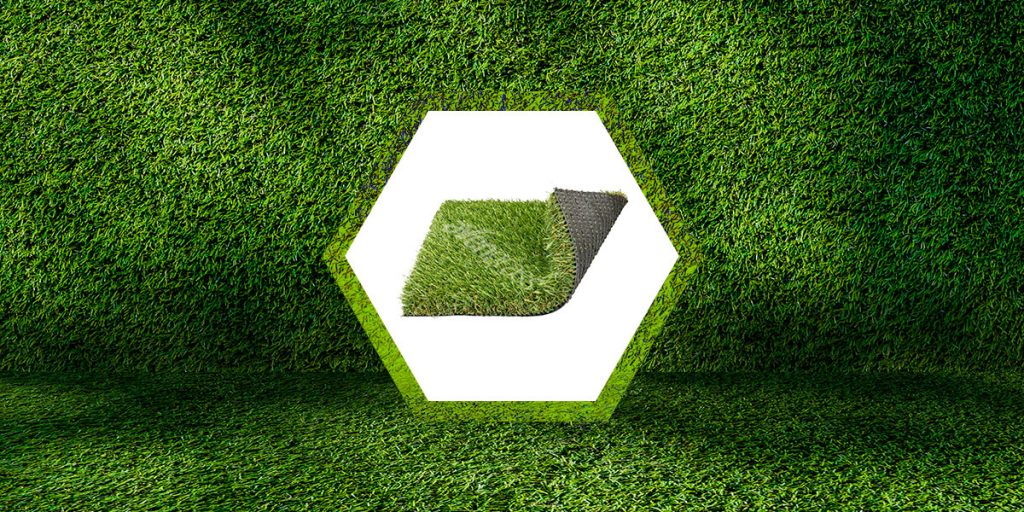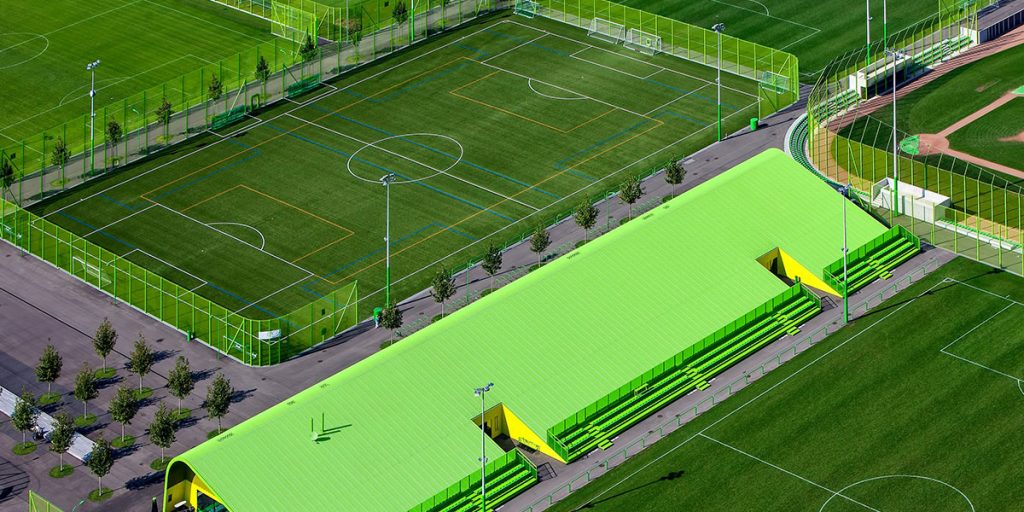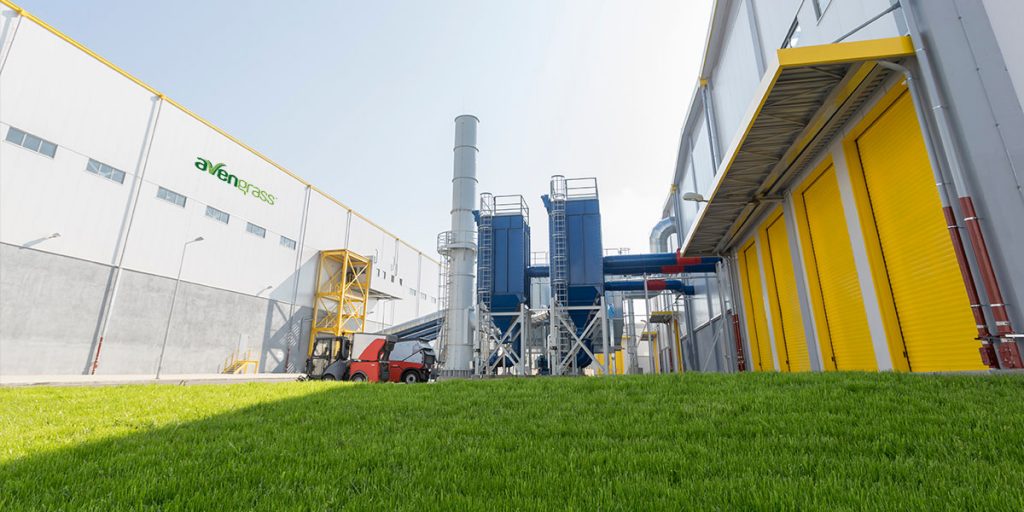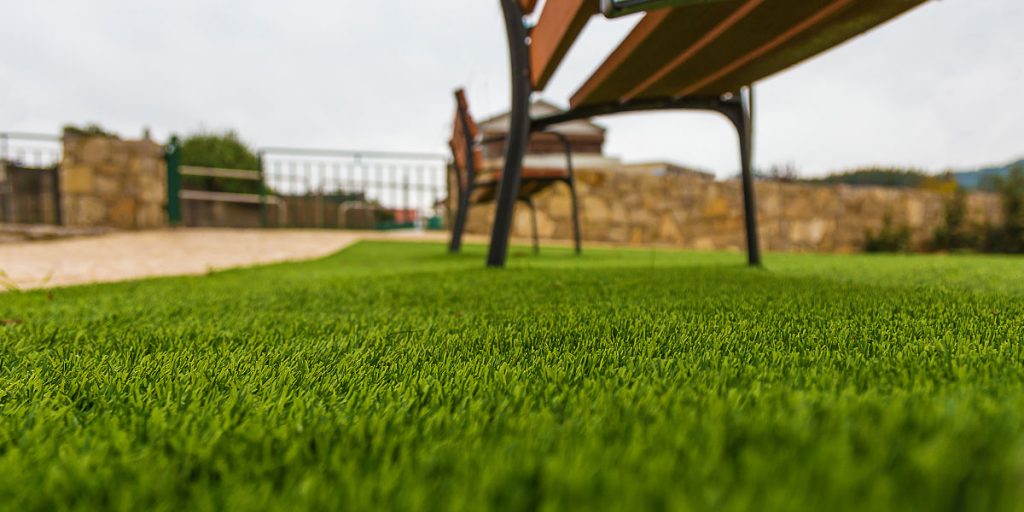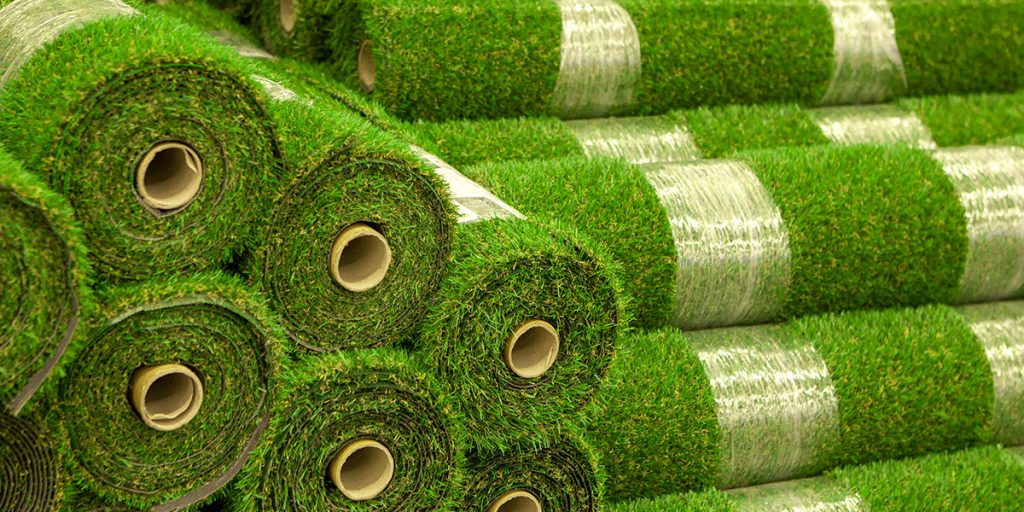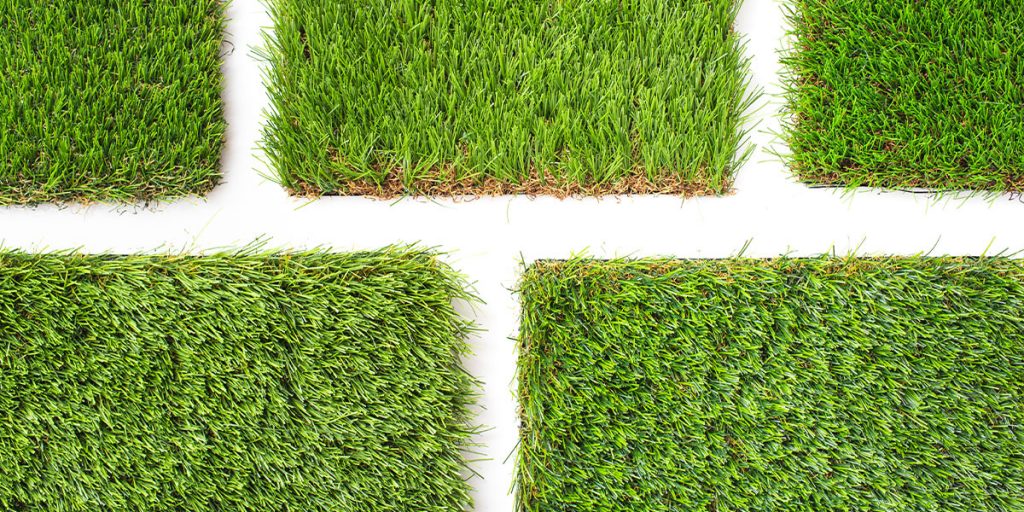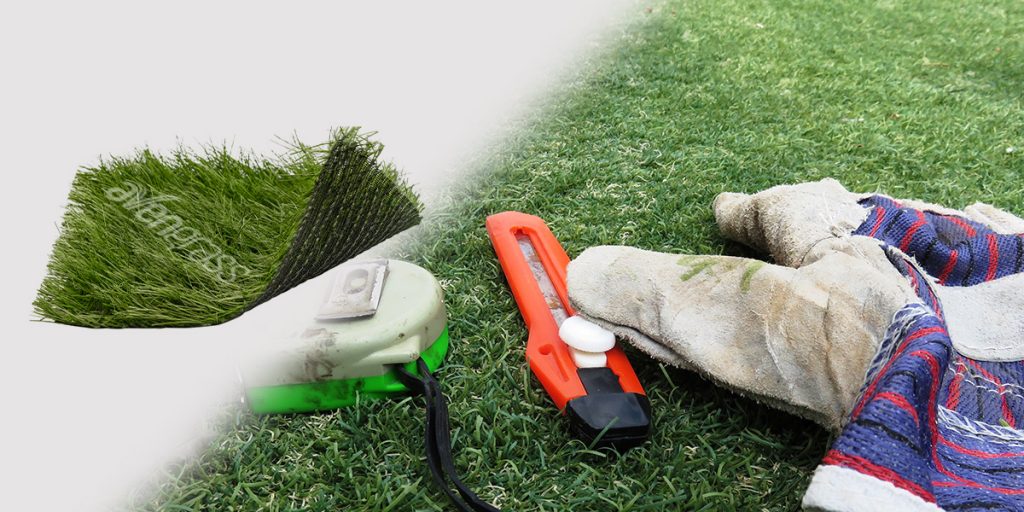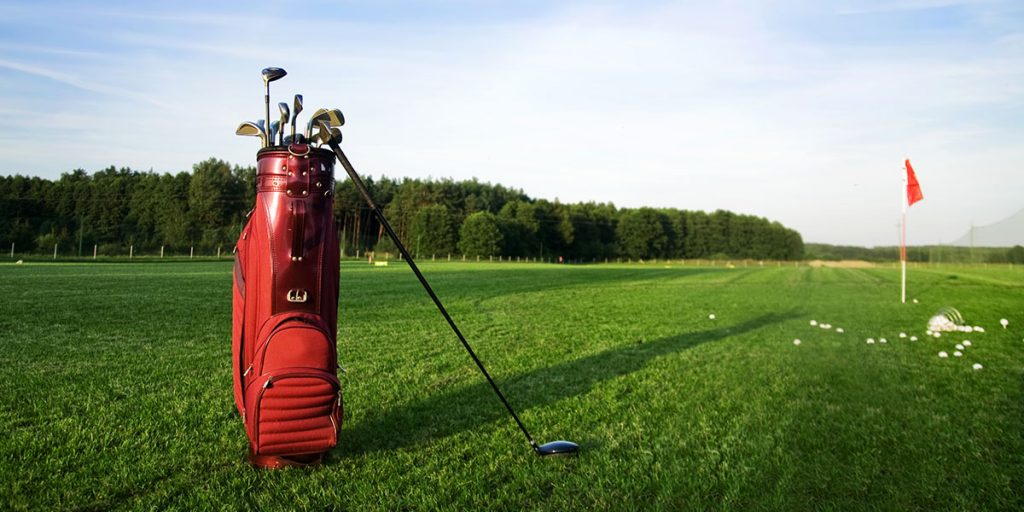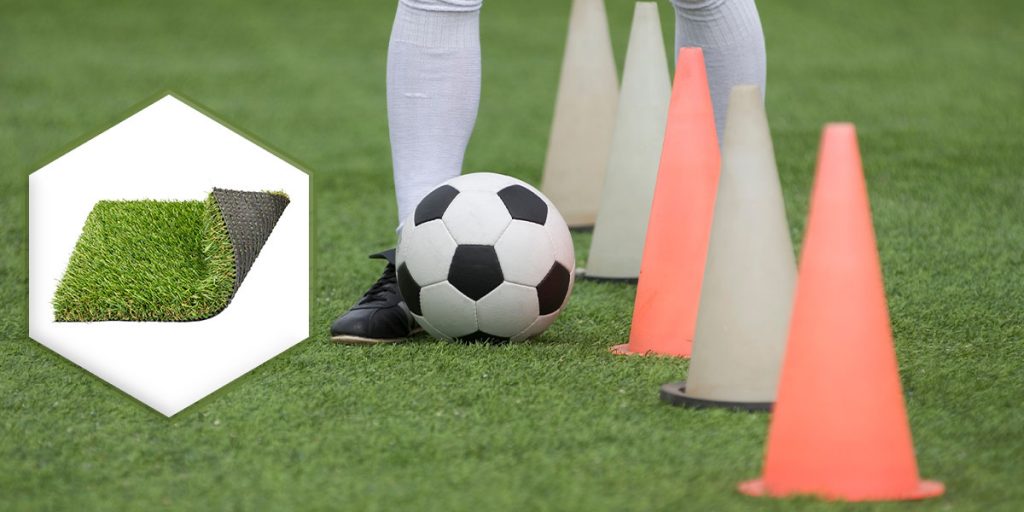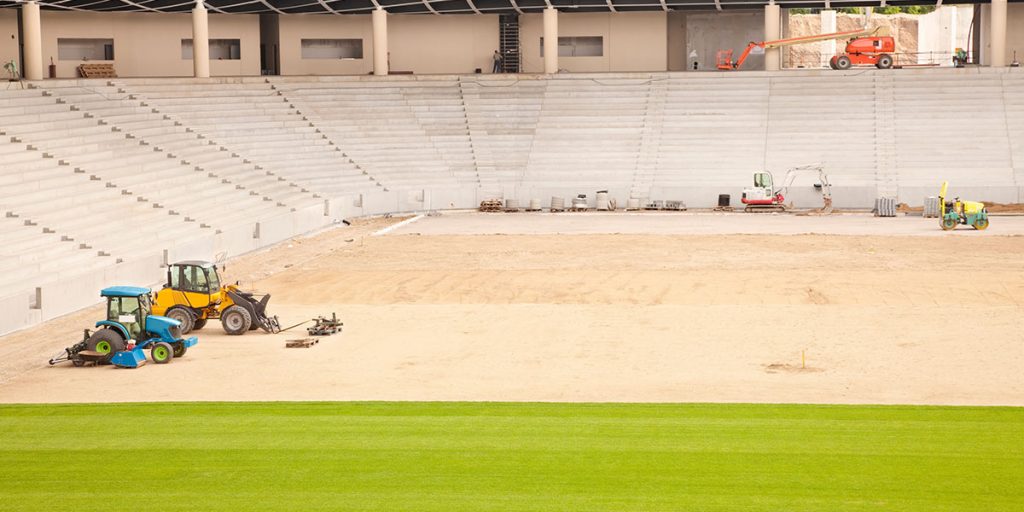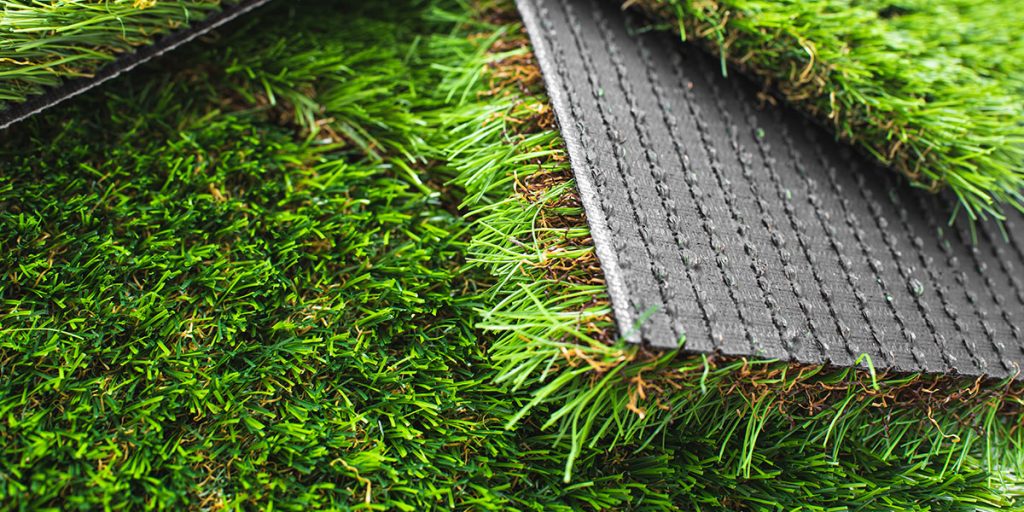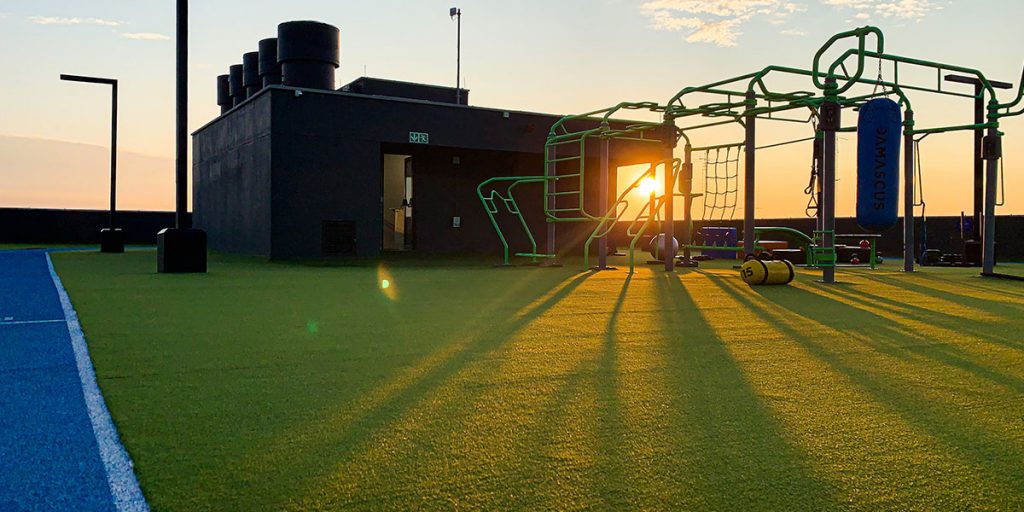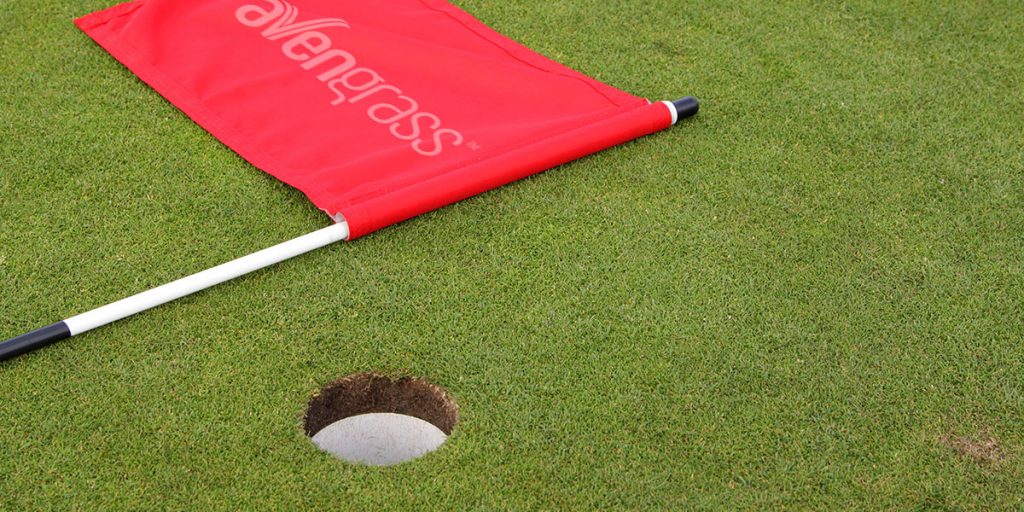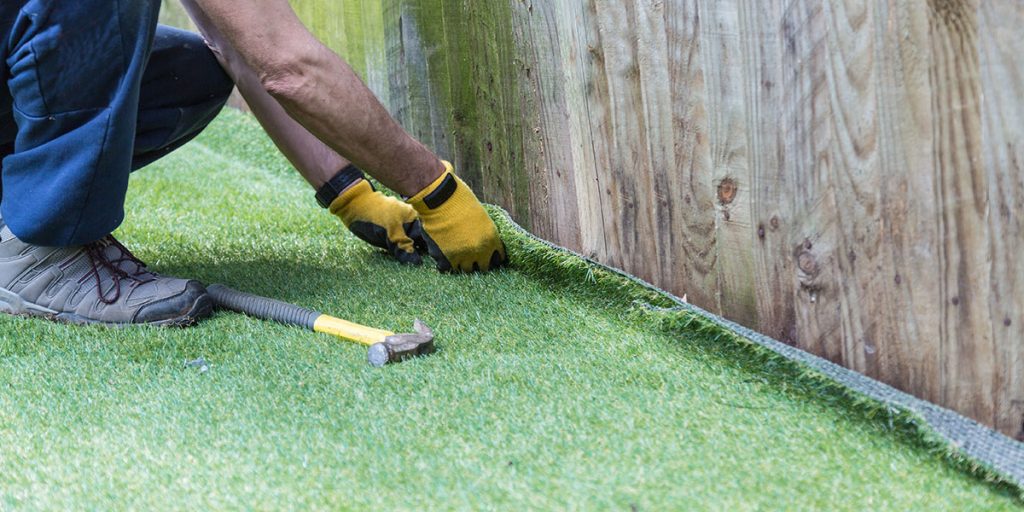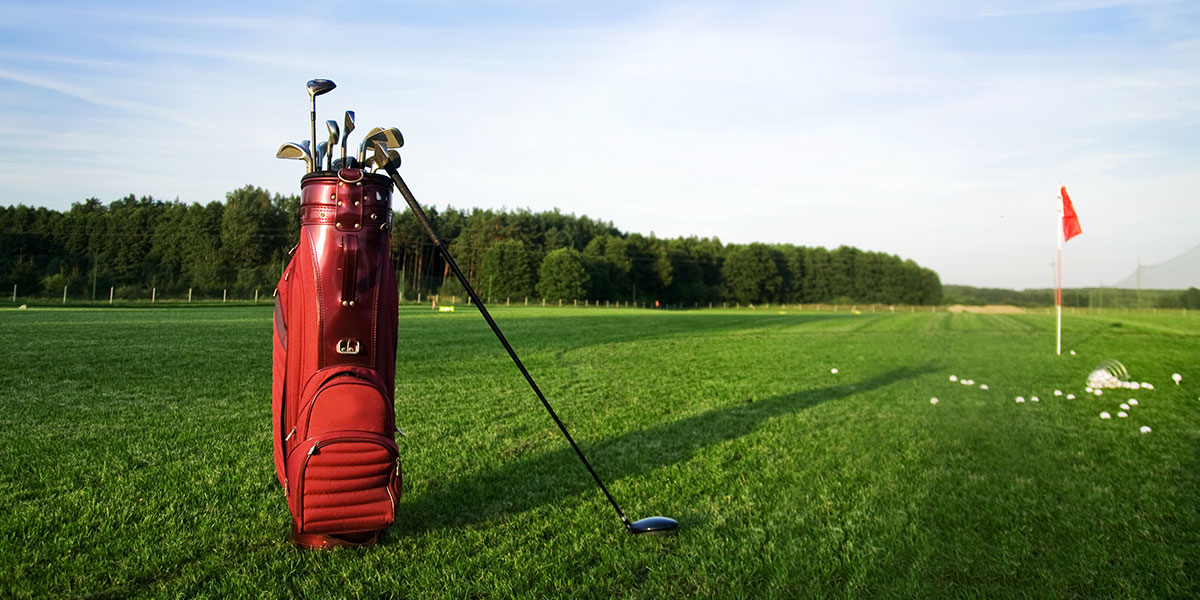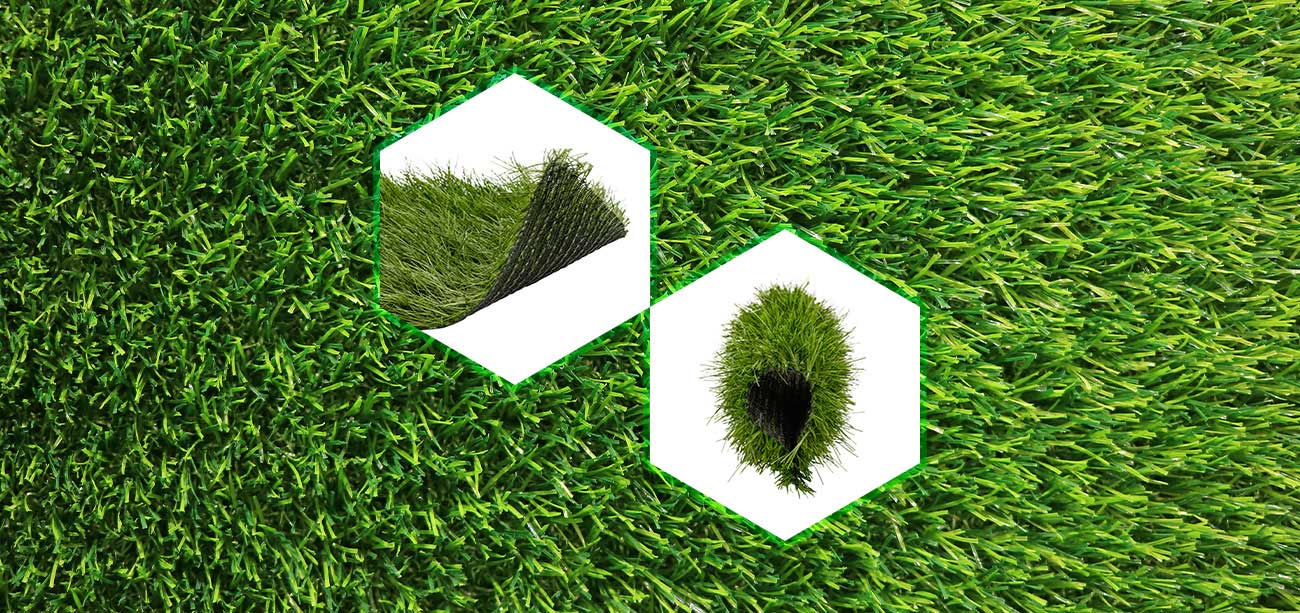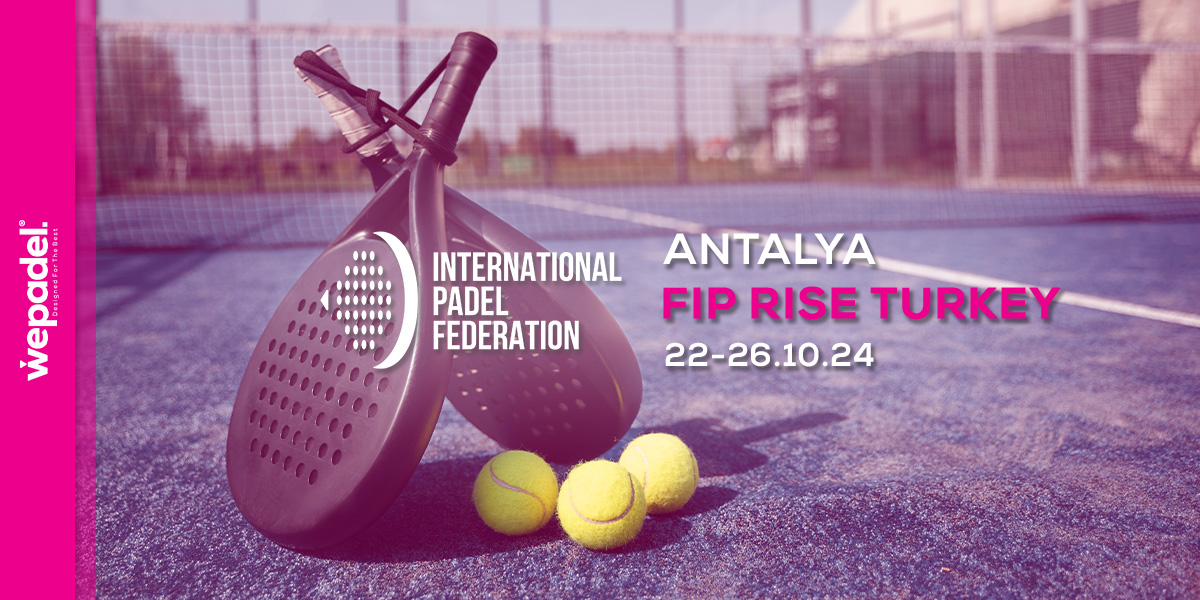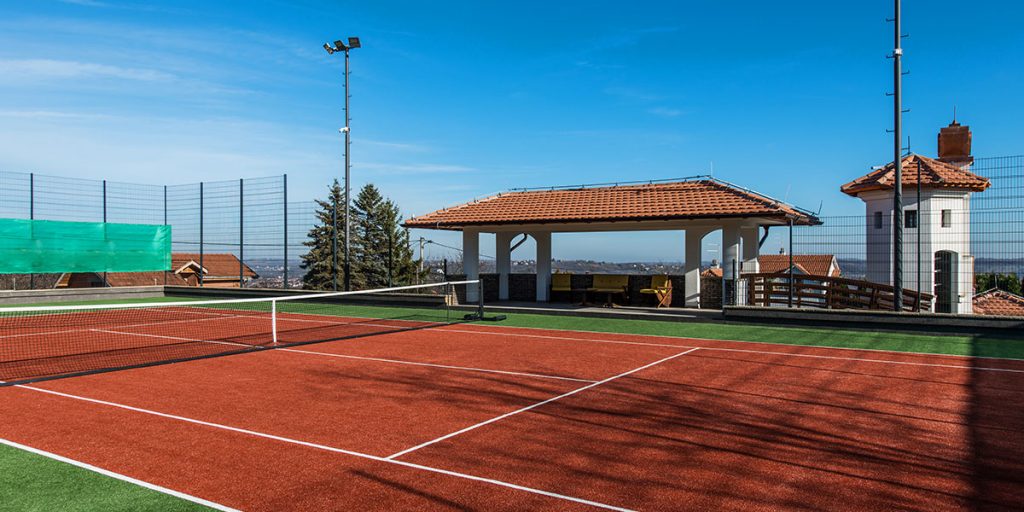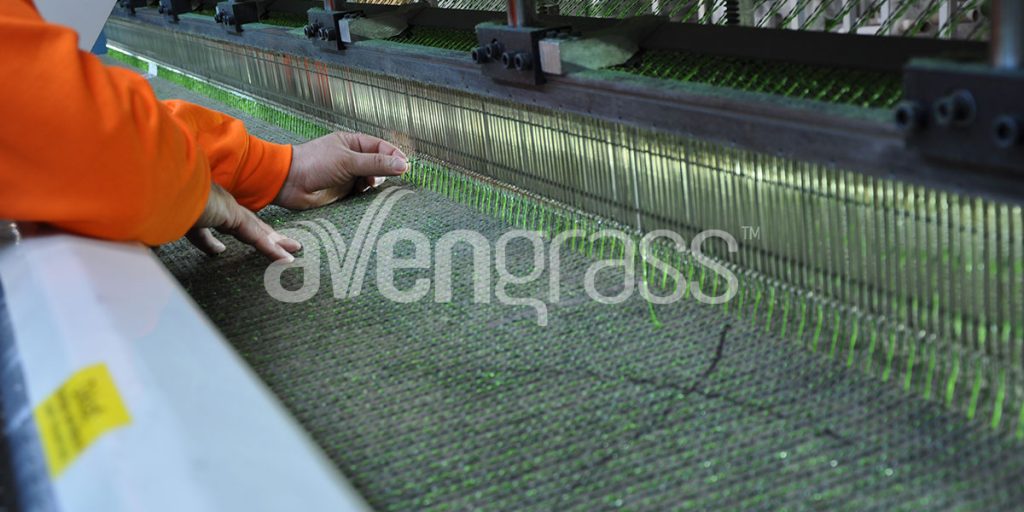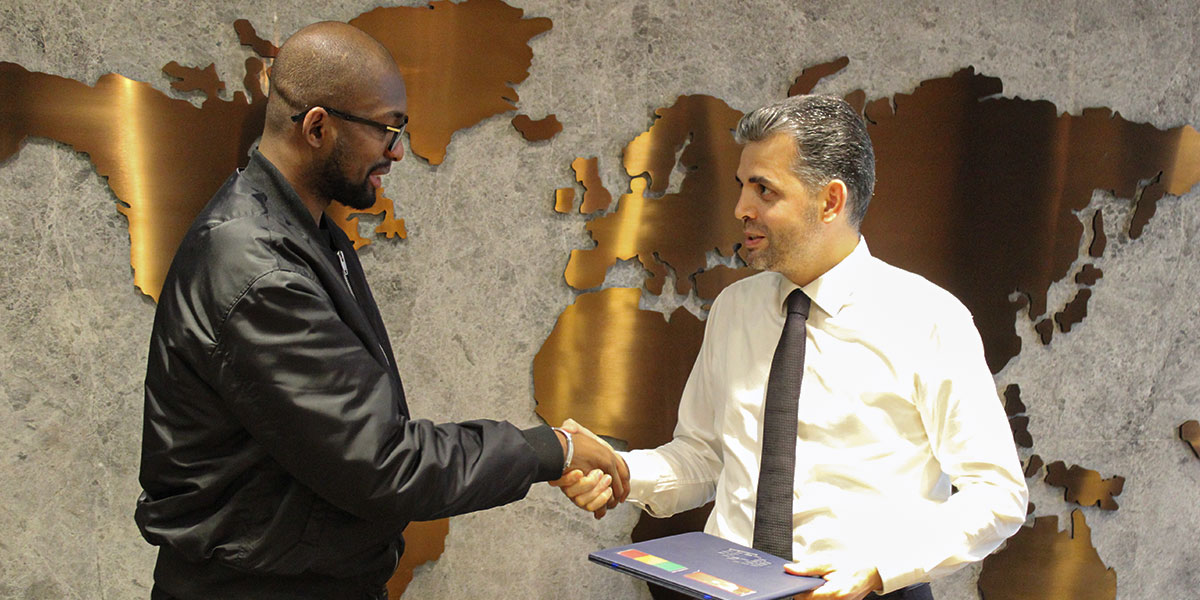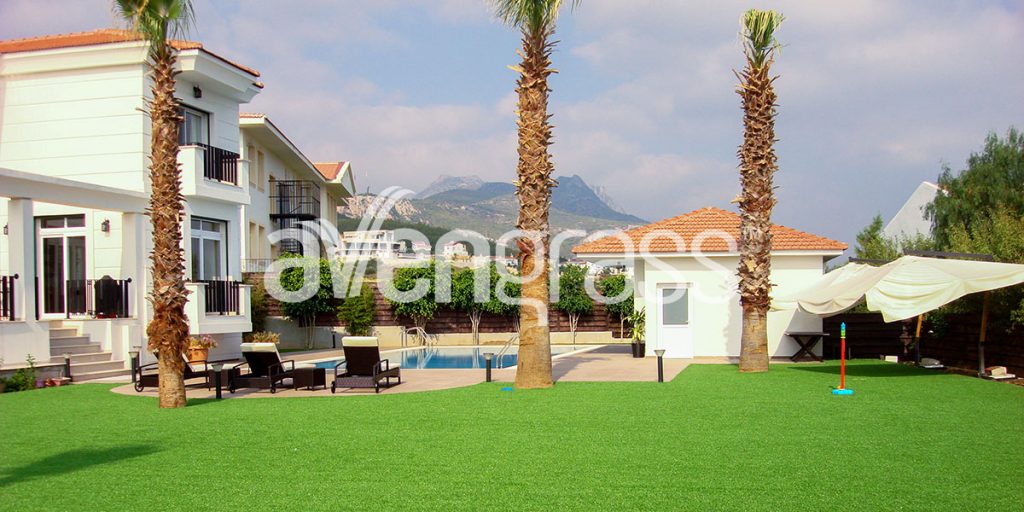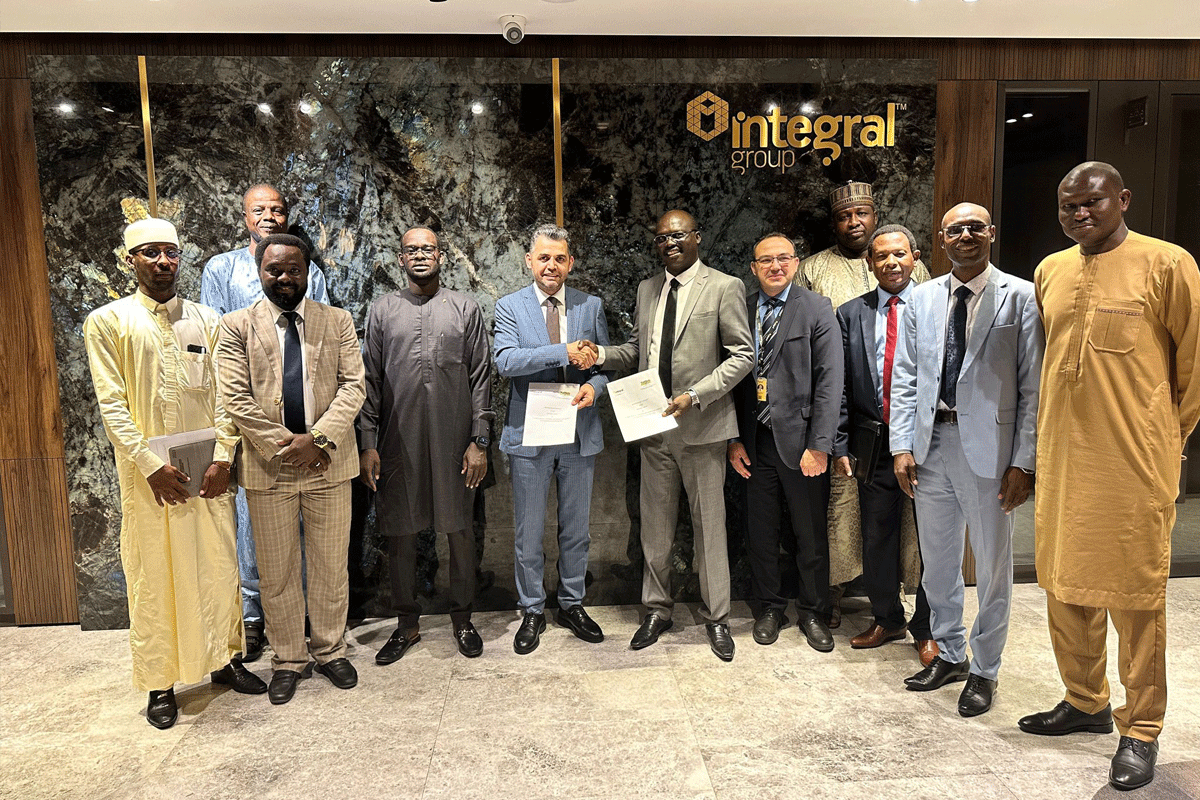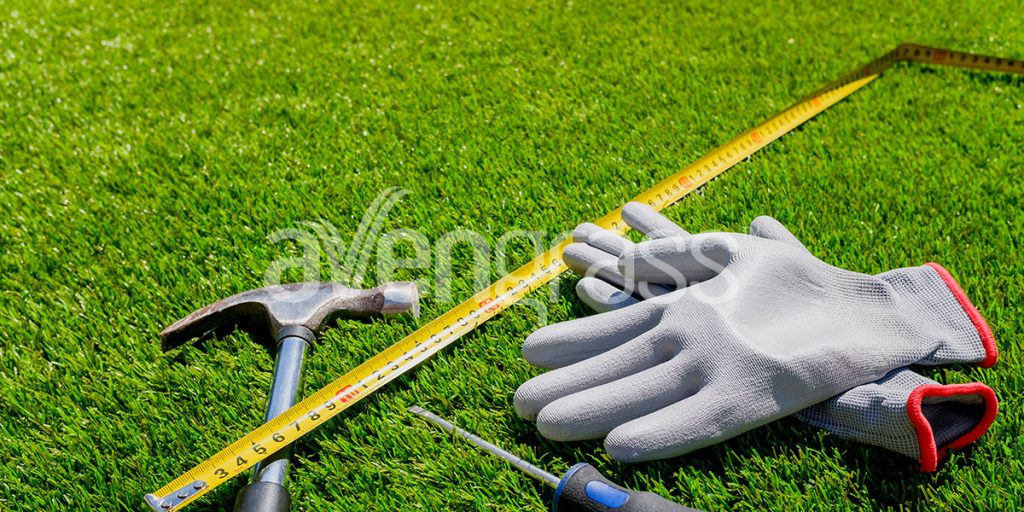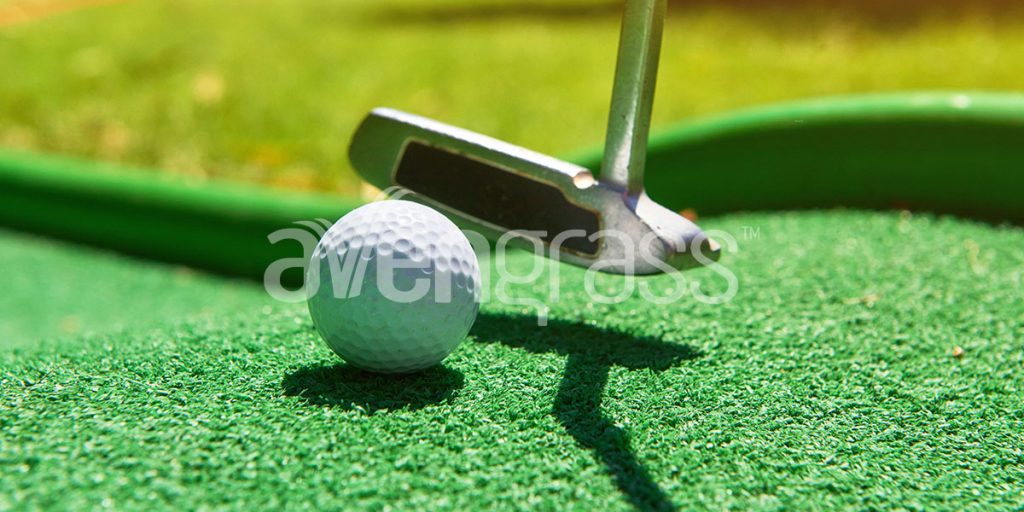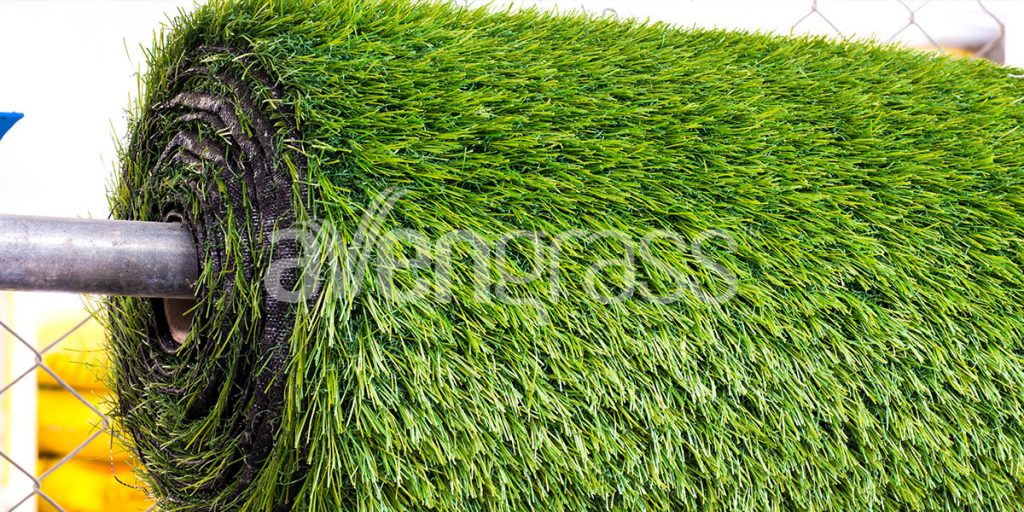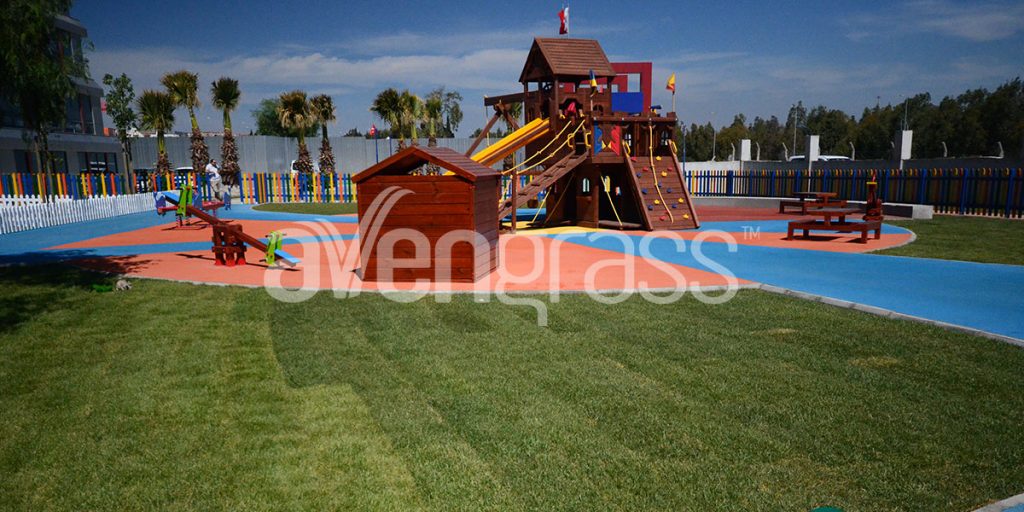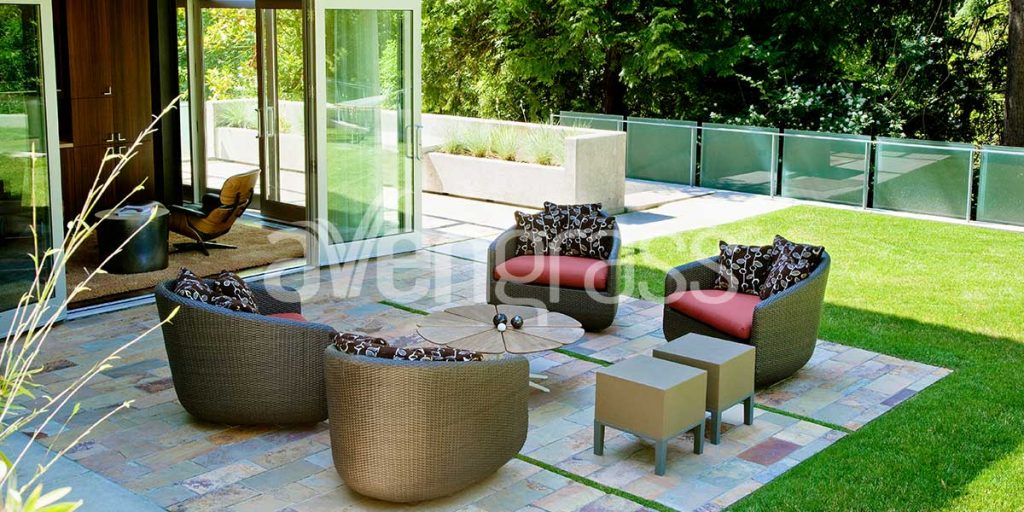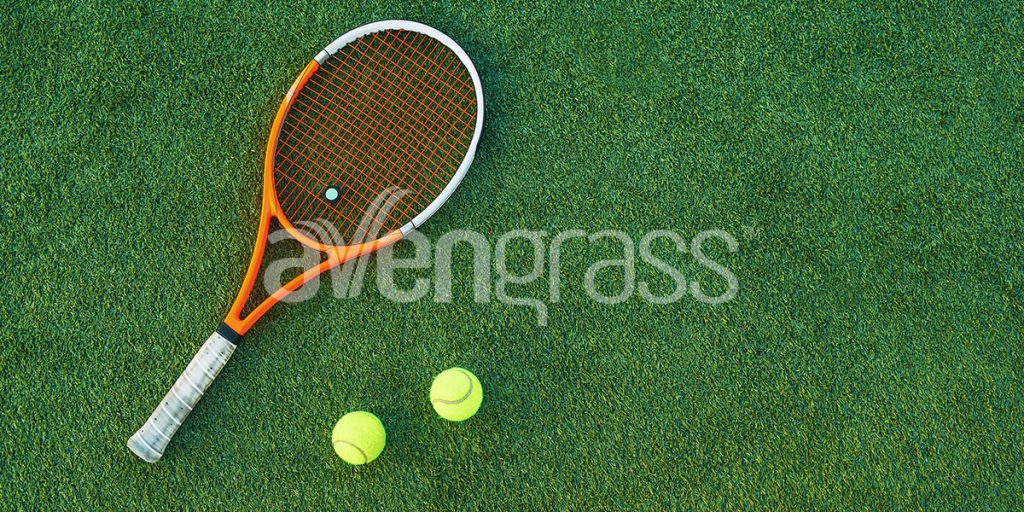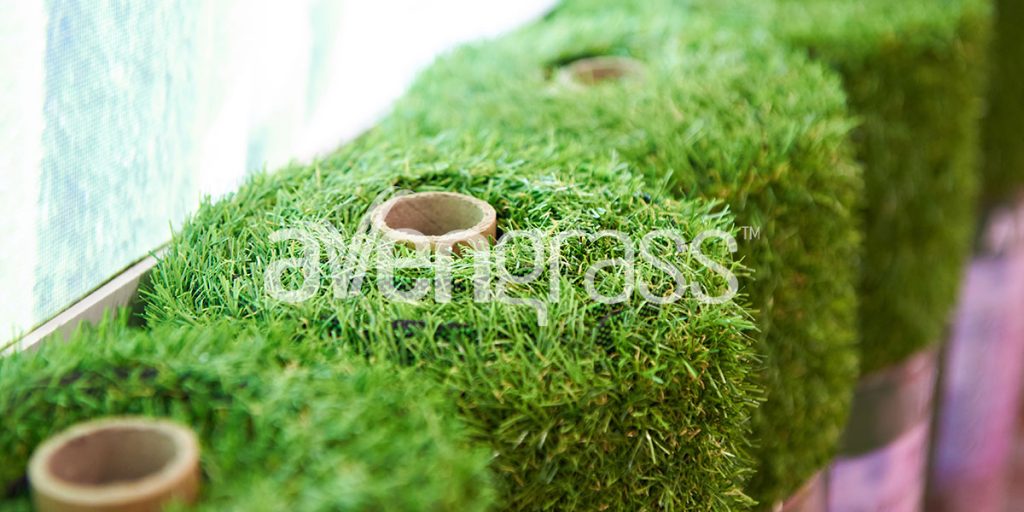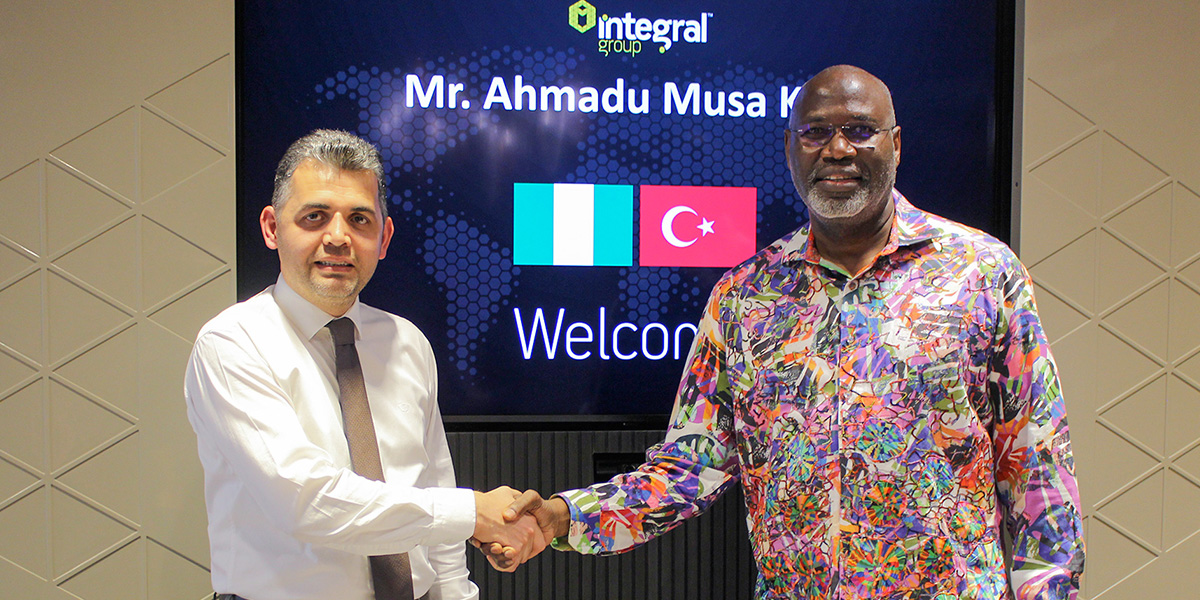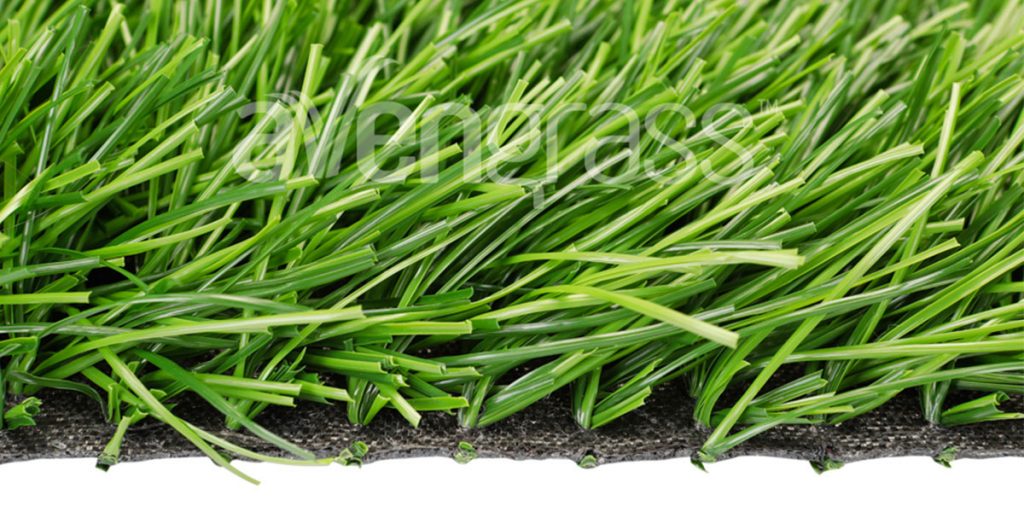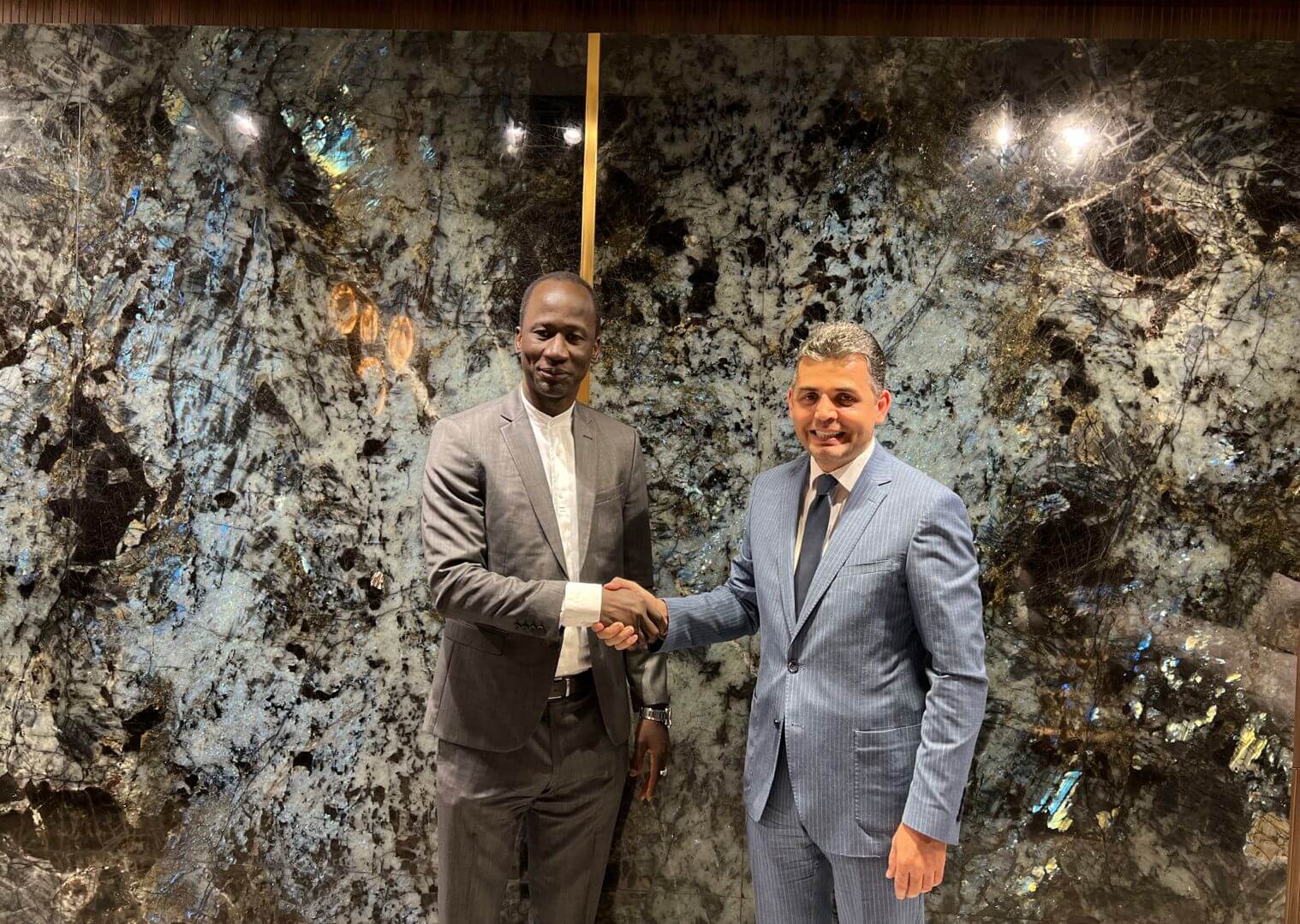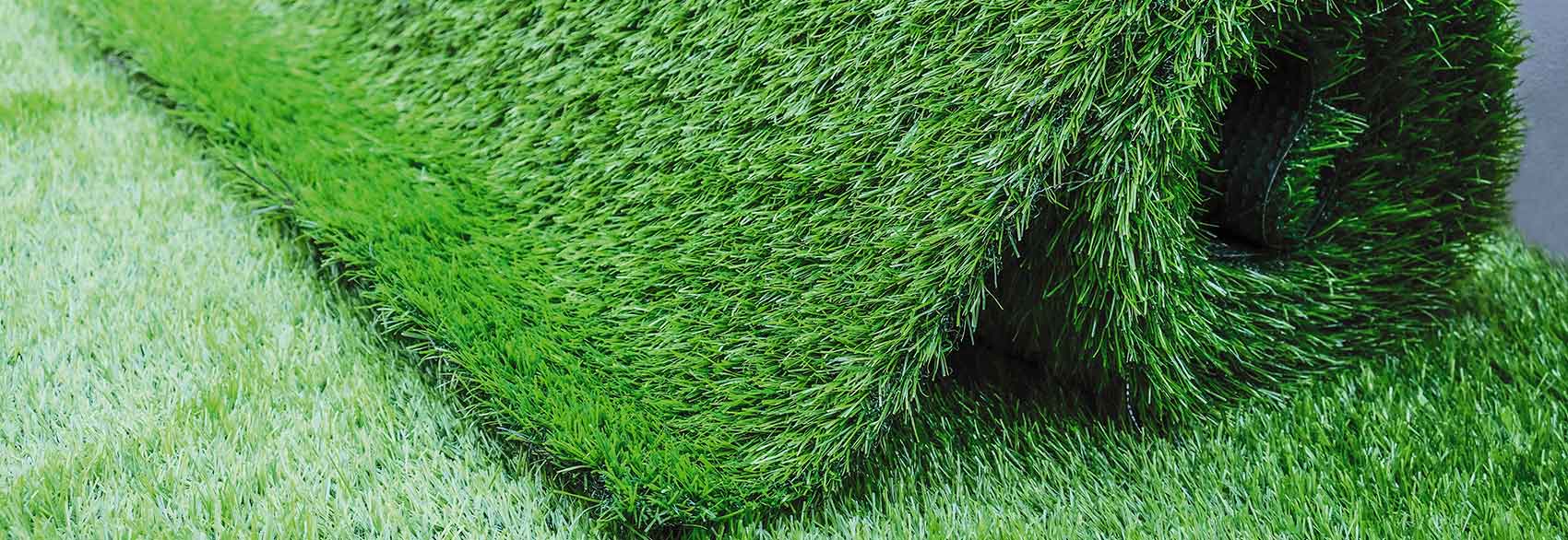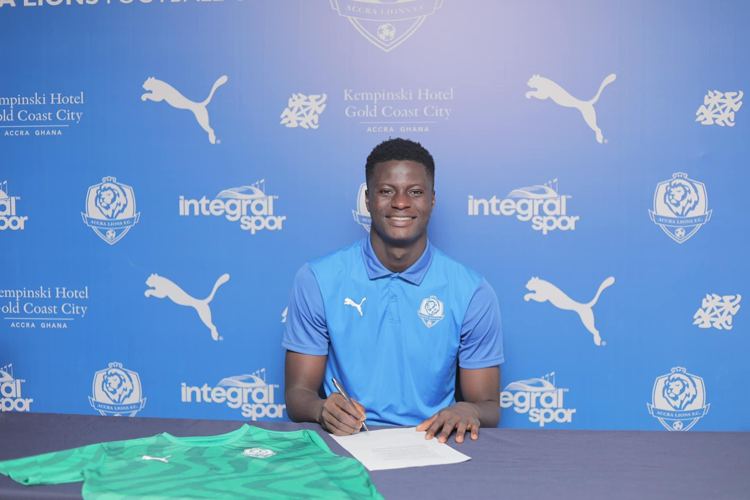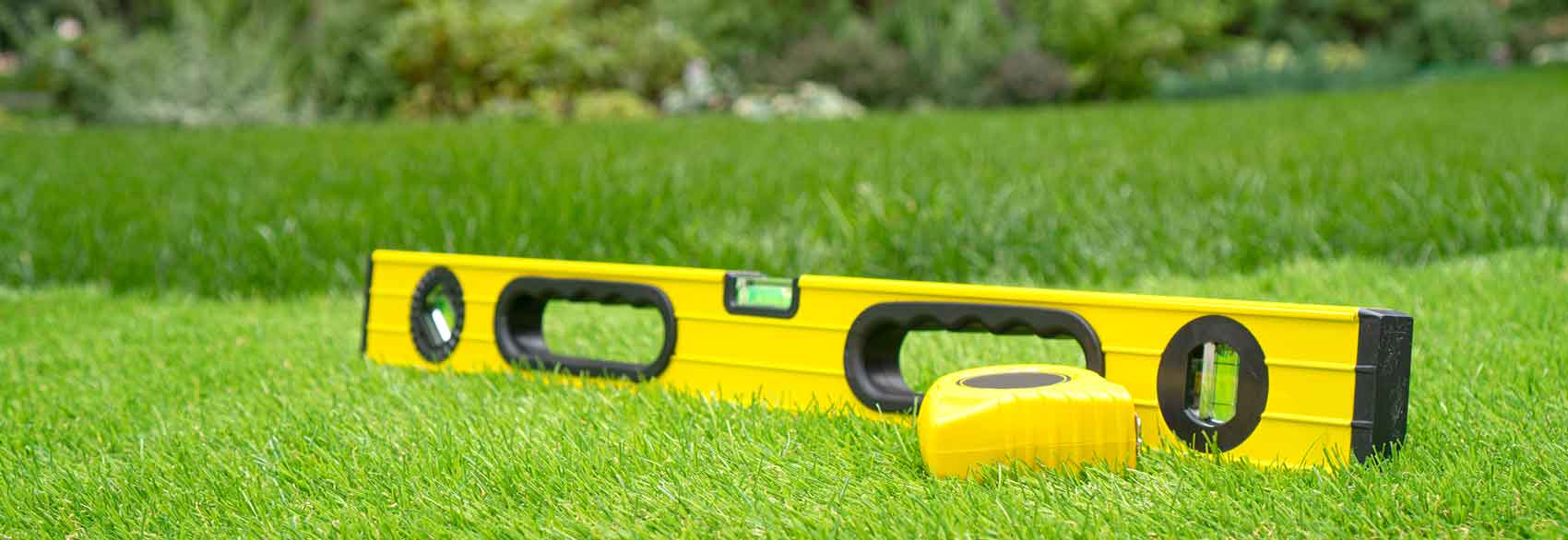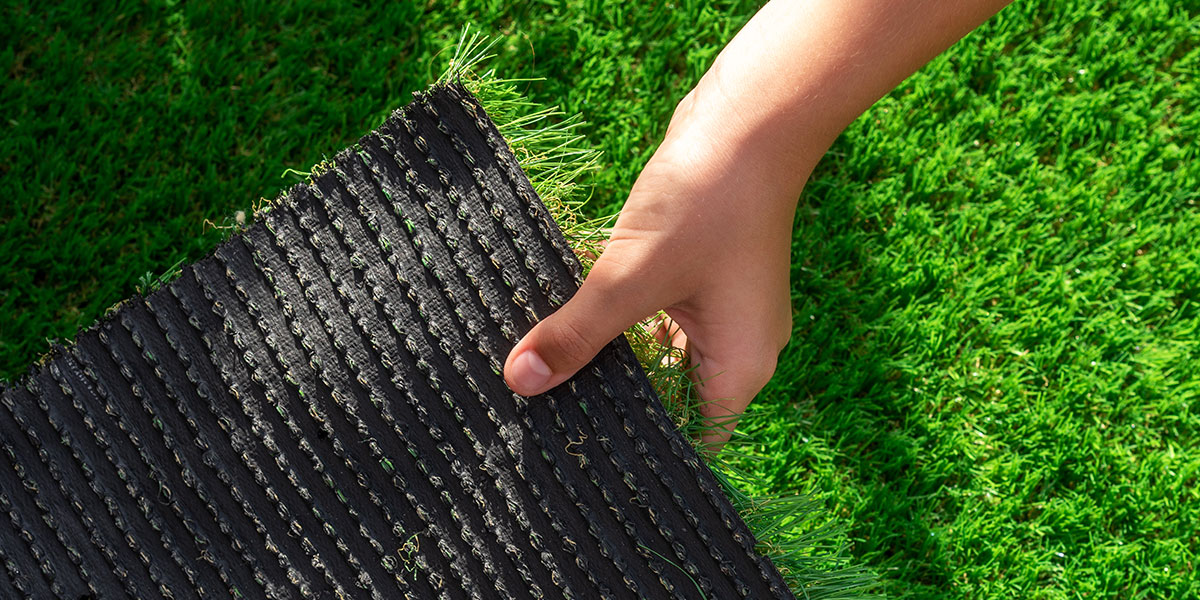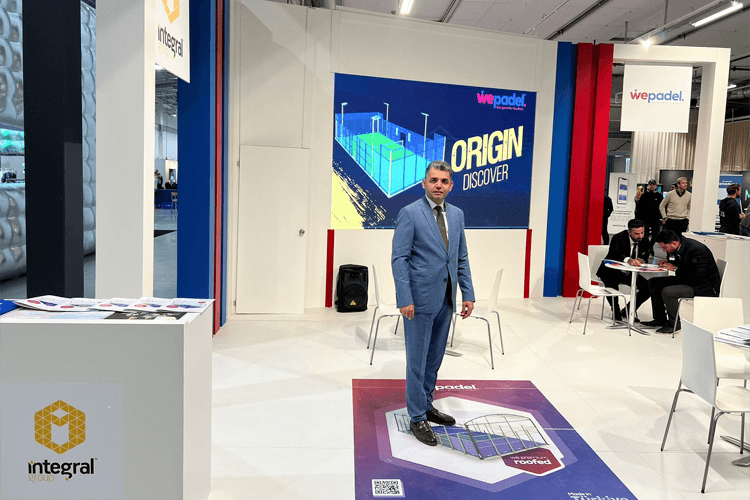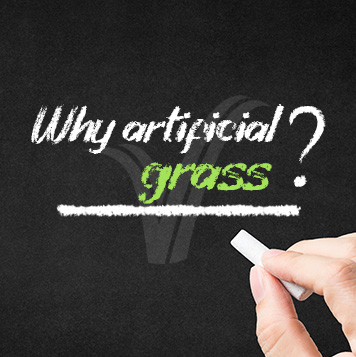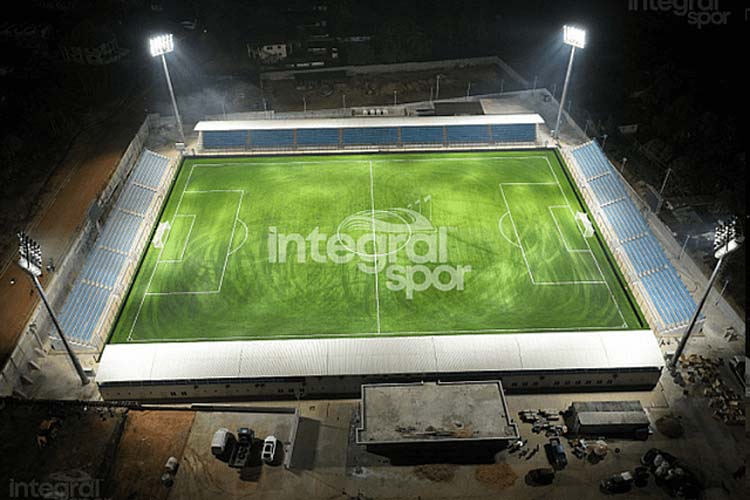At Avengrass, we believe that sustainability and beauty can coexist harmoniously in our outdoor spaces. One of the most effective eco-friendly solutions for modern landscaping is artificial green grass. This versatile product offers an appealing alternative to traditional grass lawns, making it an increasingly popular choice for homeowners, businesses, and recreational facilities. In this detailed blog post, we’ll explore what artificial green grass is, its various applications, the myriad benefits it offers, the stages of installation, and its environmental impact.
Table of Contents
- What is Artificial Green Grass?
- Usage Areas of Artificial Green Grass
- Advantages of Artificial Green Grass
- Artificial Green Grass Installation Stages
- Artificial Green Grass and Environmental Impact
What is Artificial Green Grass?
Artificial green grass, commonly referred to as artificial grass, is a man-made product designed to replicate the look and feel of natural grass. Unlike traditional grass, which requires a significant amount of water, sunlight, and maintenance, artificial green grass is crafted from high-quality synthetic materials that provide a lush, green appearance without the need for constant upkeep.
The fibers used in artificial grass are designed to withstand various weather conditions, ensuring durability and longevity. This innovation has made it an attractive choice for those looking to reduce their environmental impact while maintaining a beautiful lawn. With advancements in technology, today’s artificial grass comes in various textures, colors, and heights, allowing homeowners to choose the perfect option to suit their aesthetic preferences.
Usage Areas of Artificial Green Grass
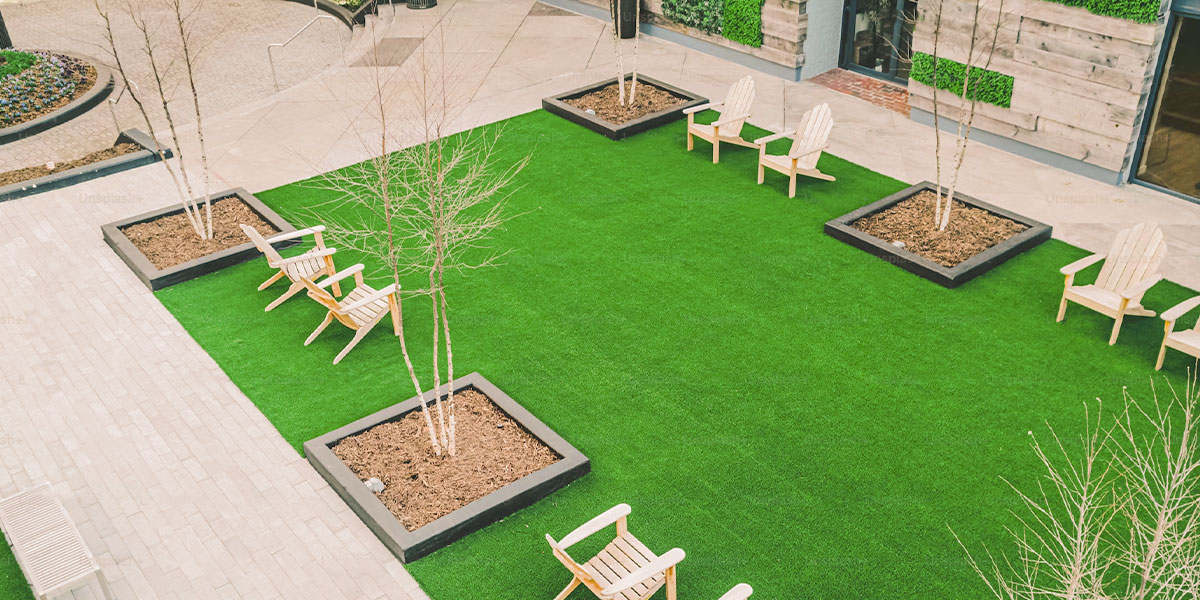
The versatility of artificial green grass makes it suitable for a wide range of applications. Here are some popular usage areas:
1. Residential Lawns
For homeowners, artificial green grass offers a hassle-free way to maintain a vibrant lawn. With no need for watering, mowing, or fertilizing, families can enjoy a beautiful outdoor space without the labor-intensive work that comes with traditional lawns.
2. Commercial Properties
Businesses can enhance their outdoor spaces with artificial grass, creating inviting environments for customers and employees. From retail stores to office complexes, artificial grass provides a polished look that is easy to maintain, making it an ideal choice for commercial landscaping.
3. Playgrounds and Recreational Areas
Artificial green grass is a safe and soft surface for children’s play areas. It minimizes the risk of injuries from falls and provides a clean, consistent surface for various activities. Parks and playgrounds that utilize artificial grass benefit from reduced maintenance costs and year-round usability.
4. Sports Fields
Many sports teams are opting for artificial green grass due to its durability and performance. Artificial grass can withstand heavy foot traffic and adverse weather conditions, providing a reliable playing surface for football, soccer, and other sports. Additionally, artificial grass reduces the need for chemical treatments, making it a safer option for athletes.
5. Rooftop Gardens and Balconies
Urban living often comes with limited green space, but artificial grass can transform rooftops and balconies into green oases. By creating lush outdoor areas in cities, synthetic grass enhances aesthetics and provides residents with a pleasant environment to relax and enjoy.
Advantages of Artificial Green Grass
Choosing artificial green grass comes with numerous advantages that make it an attractive option for both residential and commercial applications:
1. Water Conservation
One of the most significant benefits of artificial green grass is its contribution to water conservation. Traditional lawns require extensive watering, which can lead to increased water bills and stress on local water supplies. In contrast, artificial grass eliminates the need for irrigation, making it an eco-friendly choice, especially in drought-prone areas.
2. Low Maintenance
With artificial grass, homeowners can say goodbye to the time-consuming tasks of mowing, weeding, and fertilizing. The minimal maintenance required for artificial grass allows for more time to enjoy outdoor spaces rather than laboring over them. A quick rinse with water to remove dust and debris is usually all that’s needed to keep it looking pristine.
3. Durability and Longevity
Artificial green grass is designed to endure heavy foot traffic and varying weather conditions. Its high-quality materials ensure that it retains its vibrant appearance year-round. Unlike natural grass, which can suffer from bare patches and discoloration, artificial grass remains consistent, providing a reliable and attractive lawn for years to come.
4. Allergen Reduction
For individuals sensitive to pollen and allergens, artificial grass offers relief. With artificial grass, there are no grass pollen or weeds to trigger allergies, making it a perfect option for families with allergy sufferers.
5. Cost-Effectiveness
While the initial investment in artificial green grass may be higher than seeding a traditional lawn, the long-term savings make it a cost-effective solution. Homeowners save on water bills, lawn care services, and maintenance equipment, leading to significant savings over time.
Artificial Green Grass Installation Stages
.jpg)
Installing artificial green grass involves several key stages to ensure a seamless and effective result. Here’s a step-by-step guide to the installation process:
1. Site Preparation
The first step is to prepare the area where the artificial grass will be installed. This involves clearing the site of any existing grass, weeds, and debris. It’s essential to ensure that the surface is level and well-drained to prevent water accumulation.
2. Base Installation
Once the site is prepared, a base of crushed stone or gravel is laid down. This base provides proper drainage and stability for the artificial grass. It’s crucial to compact the base thoroughly to create a solid foundation.
3. Edging
Next, edging materials are installed around the perimeter of the area. This helps define the space and keeps the artificial grass securely in place. Edging can be made from various materials, including wood, plastic, or metal.
4. Grass Laying
The artificial green grass rolls are then laid out over the prepared base. Careful attention is paid to align the fibers in the same direction to ensure a natural look. The grass should overlap slightly at the seams to create a seamless appearance.
5. Seaming
After the grass is laid out, the edges of the pieces are connected using adhesive or seaming tape. This step is crucial for achieving a smooth, uninterrupted surface.
6. Infill Application
To enhance the performance of the artificial grass, infill materials such as sand or rubber are applied. Infill helps support the grass blades, providing cushioning and ensuring they stand upright. This step is vital for achieving the desired look and feel of a natural lawn.
7. Final Grooming
Finally, the grass is brushed to fluff up the blades and achieve a realistic appearance. This step ensures that the turf looks its best and is ready for use.
Artificial Green Grass and Environmental Impact
The environmental impact of artificial green grass is a topic of significant interest. While some may question its sustainability, the truth is that artificial grass can offer several eco-friendly benefits. By reducing the need for water, pesticides, and fertilizers, artificial green grass significantly lowers the ecological footprint of traditional lawn care.
Moreover, many modern artificial grass products are manufactured using recyclable materials, contributing to a circular economy. At Avengrass, we prioritize eco-friendly practices in our production processes, ensuring that our artificial green grass not only enhances your outdoor space but also supports a sustainable future.
In conclusion, artificial green grass presents a viable eco-friendly solution for those seeking to maintain beautiful landscapes without the environmental drawbacks of traditional lawns. Its numerous advantages, from water conservation to low maintenance, make it an attractive choice for homeowners and businesses alike. By choosing Avengrass, you can transform your outdoor space into a vibrant oasis of green grass, all while making a positive impact on the environment. Embrace the beauty and sustainability of artificial green grass and enjoy a lush, worry-free lawn year-round!






